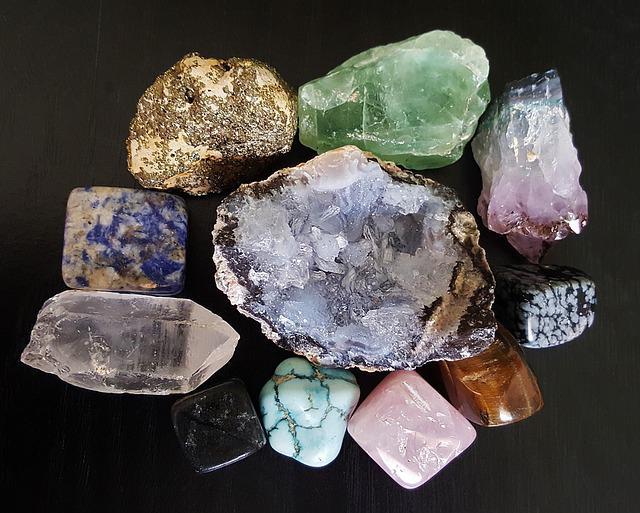
Gems and crystals pt.2
The subject of precious stones, semi-precious stones gems and crystals continue here … check out the most impressive examples..
AVENTURINE
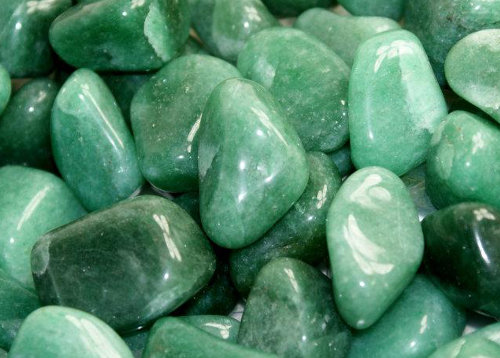
Aventurine is a variety of quartz. It can be transparent or dense. In ancient China it was highly regarded and was called the “ju” stone. Aventurine served as a talisman to bring good luck, comfort in life and clarity of thought. This mineral has different color varieties: green, red, yellow, blue, which it owes to various admixtures. The color green is due to the presence of chromium, while the colors red, purple, and brown are due to the admixture of hematite. The admixture of mica gives shine. It is called the stone of managers because it strengthens leadership skills and determination.
BLOODSTONE
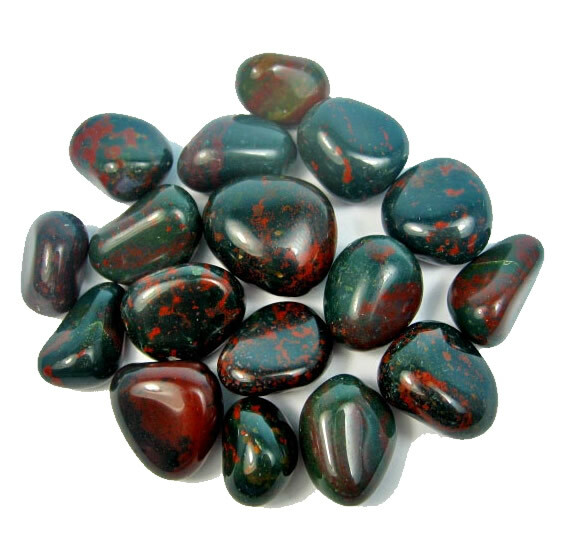
Otherwise known as Heliotrope. It was considered to be the most beautiful of the Jaspers, a deep, earthy green gem emboldened with spots of bright red. In the ancient world, Bloodstone Called the Sun Stone, and later Christ’s Stone, its energy carries the purity of blood and inherently speaks of life and birth, vitality and strength, passion, and courage. As a talisman, it is both mystical and magical, and its virtues are protective and nurturing.
The most widely known legend of this stone comes from the Middle Ages and claims the “Blood Stone” was formed at the crucifixion of Jesus Christ when the blood of his wounds fell onto the dark green earth and turned to stone. Another version declares the blood of Christ, which flowed from the fatal spear-thrust, fell upon a Green Jasper lying at the foot of the Cross, and from this sprang the Bloodstone variety of Jasper.
PEACOCK ORE
Or otherwise known as Bornite. peacock ore, is a sulfide mineral with amazing chemical composition, that crystallizes in the orthorhombic system (pseudo-cubic). It does not display the brassy color of pyrite or chalcopyrite until tarnished but is a mottled brown/black/purple to copper-red but often is mixed with chalcopyrite. It easily tarnish air and results in purple/blue iridescence on some. Bornite has a brown to copper-red color on fresh surfaces that tarnishes to various iridescent shades of blue to purple in places. Its striking iridescence gives it the nickname peacock copper or peacock ore.
AMETRINE
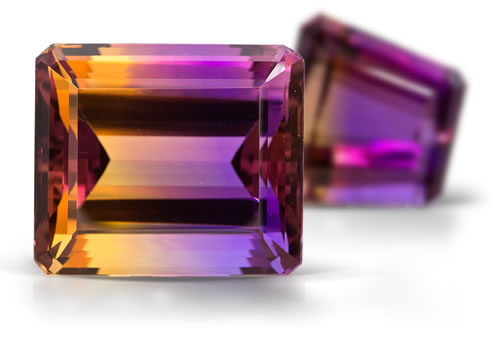
This stunning rock belongs to the quartz family and occurs as a combination of two colors: yellow and purple, and two minerals (therefore the name amethyst + citrine). Like any quartz, Ametrine is an attractive and durable mineral, but relatively affordable. The variety of these two colors in Ametrine ranges from pale purple to deep purple, and from pale yellow to golden brown. Both violet and yellow are the result of iron elements. The only difference between Amethyst, Citrine and Ametrine is the oxygenation level of the iron elements which give it this unique spherical appearance. Vedic astrology recommends this gemstone as the substitute of Pitambari Neelam, and it is also worn as a healing gemstone.
OBSIDIAN
Obsidian is a volcanic glass created when lava erupts from a volcano. The beautiful black gem is created, but only when certain conditions are met: There needs to be a large amount of silica in the environment (this accounts for 70% of obsidian’s composition); The lava must cool rapidly, before in it has time for crystal growth. It breaks to form very sharp edges and was therefore used since ancient times for arrowheads and other tools. Because it has no crystal structure, obsidian blades can reach molecular thinness. It has been used experimentally in modern times by some surgeons because its cutting edge is many times sharper than surgical steel, and much smoother, creating a cleaner cut with less tissue damage, inflammation, and scarring. Pure obsidian is dark, but impurities can result in dark green, brown, black, and gray coloring. Other impurities result in stones known as “snowflake obsidian, golden obsidian, apache tears, and rainbow obsidian”.
MOONSTONE
Moonstone is a sodium potassium aluminium silicate. Moonstone has been used in jewelry for millennia, including ancient civilizations. The Romans admired moonstone, as they believed it was derived from solidified rays of the Moon. Both the Romans and Greeks associated moonstone with their lunar deities. In more recent history, moonstone became popular during the Art Nouveau period; French goldsmith René Lalique and many others created a large quantity of jewelry using this stone. The moonstone is quite famous and has a distinctive transparent blue color with a pearl sheen. Sometimes there are white and pink stones. Quite a rare phenomenon – a stellar pattern. Deposits of moonstone occur in Armenia (mainly from Lake Sevan), Australia, the Austrian Alps, Mexico, Madagascar, Myanmar, Norway, Poland, India, Sri Lanka and the United States
MOTHER OF PEARL
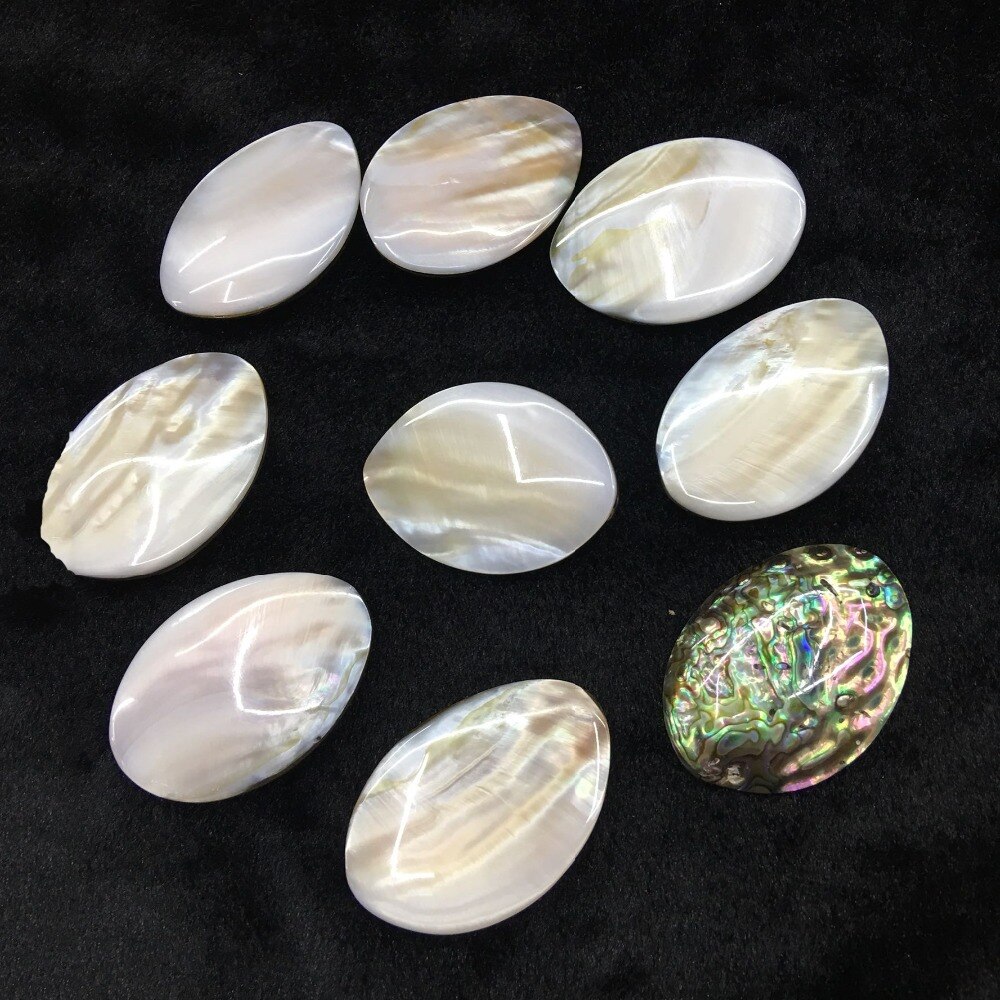
This in nothing more than the inside lining of shells of some mussels, e.g., pearl mussels, snails, or nautilus. The traditional mother of pearl color is white with various shades of the rainbow but can be of any other color all the way to black. It is obtained from pearl shells and is used not only for inserting jewelry, but also for making buttons, as well as other small parts of clothing and accessories.
RHODONITE
Rhodonite is a pink manganese silicate mineral of variable composition that often contains significant amounts of iron, magnesium, and calcium. The name comes from the Greek word “rhodon” meaning “rose” – a reference to the color of the mineral. It usually has black, dendritic manganese oxide infiltrations on a basic red background. Rhodonite is an uncommon mineral. It is found in a few small deposits across the world. Sources of rhodonite include: Argentina, Australia, Brazil, Canada, England, India, Peru, Russia, and Sweden. High-quality crystals of rhodonite can sell for very high prices. Good massive pink- to red-colored material is used as an ornamental stone
SARDONYX
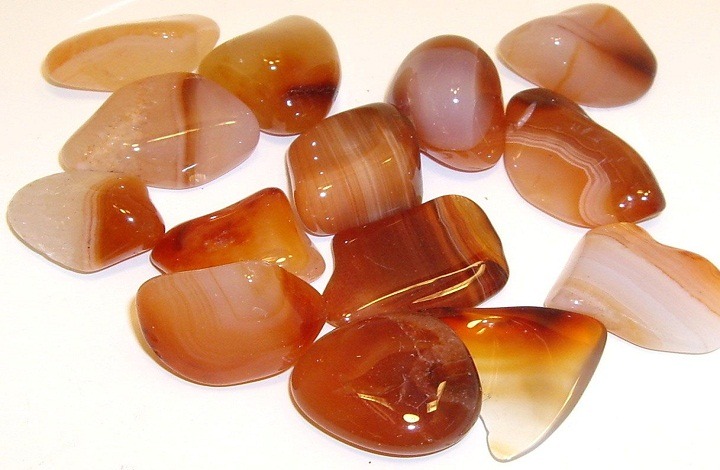
Sardonyx is a multi-colored variety of banded onyx, which is a form of chalcedony quartz. Normally, onyx bands are black but in the form of sardonyx they have alternating reddish-brown and white parallel bands. The orange and black bands form as a blended mixture of onyx and orange carnelian. The tradition of making sardonic amulets dates back to antiquity and continues today.
CARNELIAN
It is a gemstone from the Quartz group. In Carnelian, due to its opacity, inclusions are rarely seen. Drop-like liquid inclusions give it an intense shine. It shows white-blue fluorescence under ultraviolet light. Carnelian varieties native to India have a greenish-yellow glow. But you can find them in many different colors: orange in many shades – from light to orange red, red, coral, coral brown, brown; homogeneous or zonal, streaked, spotted. It has a “clear” or transparent green color. The higher the level of transparency, the more expensive the cost can be. Its deposits can be found in :India, Saudi Arabia, Uruguay, Egypt, Brazil, USA (Colorado, Utah, Nebraska), Australia, Russia, Germany, Czech Republic, Romania, and Poland. Ancient healers used as an ingredient in healing powders. Now it is mainly used in the production of jewelry. It is noted that it combines best with silver. In recent times, natural carnelian has become scarce, so to meet the demand for this mineral, many vendors on the market now actually offer dyed and annealed Agate under the name “Carnelian”. These “fake” carnelians can be identified by looking at the stone against the light. In the mineral we can notice regular transverse lighter and darker stripes. The real Carnelian, on the other hand, is cloudy in its structure.
CITRINE
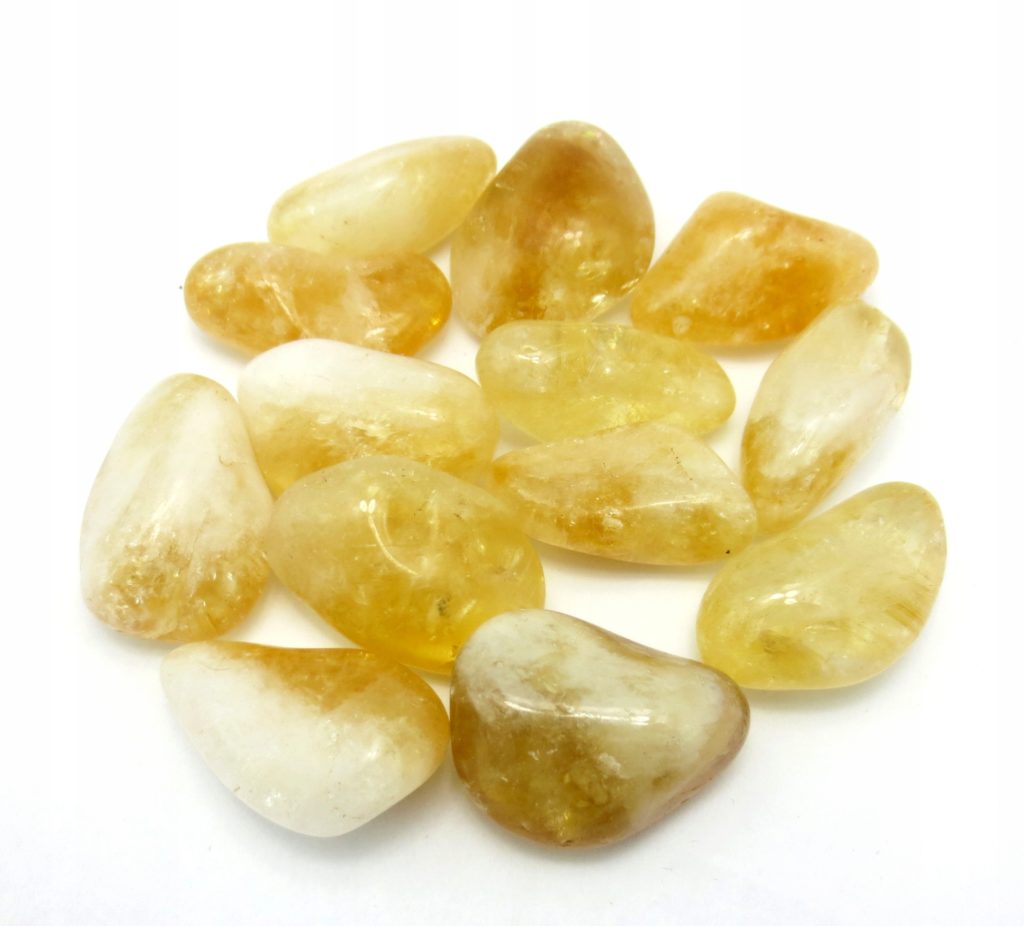
Is one of the most popular stones. It belongs to a very wide family of quartz. To be precise, it is a yellow to golden orange variety of qualitative macrocrystalline quartz. It owes its name to the French equivalent of its color “citron” (lemon), although most lemons are more golden than lemon yellow. Natural Citrine is rare in nature, and because it is more valued than other types of quartz. Such improvement is generally accepted, stable and sustainable. Natural, unenriched Citrine has a typical pale yellow to golden hue, often accompanied by smoky brown tones. Gold-orange to golden-brown stones are deeper in color. Darker colors are the more desirable on the jewelry market. Citrines are known for their excellent transparency. It is quite common to find specimens without inclusions visible to the naked eye. Polished Citrine is characterized by an attractive glassy sheen. The most important Citrine deposits are in Brazil. Other sources of extraction include Argentina, Bolivia, France, Madagascar, Burma, Namibia, Russia, Scotland, Spain, Uruguay, and Zambia.
AQUAMARINE
This is beryl in shades of blue to green blue. It owes its name to the Latin expression for sea water “aqua marinus”. The color of the mineral is due to the trace amounts of iron found in the internal crystal structure. A saturated blue shade is the most desirable color, but a rare one. Unlike most precious stones, the value of Aquamarine is not diminished by the lack of intense coloring, because most of this mineral has a rather pastel shade and many people value the purity of the crystal more than its color. Aquamarine is extremely hard, transparent and has a beautiful glassy shine, which makes it suitable for general use in all kinds of jewelry. They have very high prices, especially the extremely rare star aquamarine. The main source of Aquamarine is Brazil, other deposits are, among others in Australia, Burma, China, India, Kenya, Madagascar, Mozambique, Namibia, Nigeria, Pakistan, Zambia, and Zimbabwe, as well as in several US locations. Recently, Karur in India has become one of the largest suppliers of Aquamarine.
GOLDSTONE
Goldstone is an artificial stone that has been around since the European Renaissance. This is a man-made colored glass that contains abundant, flat-faced, highly reflective inclusions. The reflective inclusions have a bright metallic luster, and their glittering appearance immediately attracts attention. This exciting appearance has made goldstone a popular man-made gem and sculptural material. It is often cut into cabochons, hearts, beads, spheres, pendulums, arrowheads, and small sculptures. It is a popular material for making tumbled stones. Goldstone is produced in a variety of colors. Reddish brown, the original color, is the least expensive and the most commonly encountered variety of goldstone. Dark green, dark blue, and dark purple goldstone are also produced.
MORGANITE
It is a light pink to purple or salmon / peach variety of beryl. While beryllium is the most popular group represented by green emerald, pink morganite is sometimes considered “pink emerald”. Along with the emerald, Morganite is also a cousin of aquamarine, heliodium (golden beryllium), colorless goshenite and an even rarer mineral than Morganite – bixbite. Morganite, unlike emerald, is usually fairly pure. It is easy to recognize among other pink stones thanks to its perfect brilliance and shine combined with high hardness and resistance as well as exceptional purity. Most Morganite Crystals are very pale / pastel in shade. As usual, larger stones will show a more intense color. Pure pink Morganite is considered the most desirable, but recently also salmon and peach stones are very popular. There is also a rare purple shade of Morganite from Madagascar that is extremely coveted and sought after by collectors. Pink Morganite was first identified in Madagascar in 1910 as “pink beryl”. Since its discovery, Morganite has been highly appreciated for its rarity.
PRECIOUS CORAL
belongs to a small but very important group among gemstones, which really has nothing to do with the stone. Its origin is organic – it is formed in a biological process as a caviar which produces calcium carbonate and forms a coral skeleton colored with cartenoids. The color range from light to dark red, through orange-red, orange-pink and pink to white, blue to black. The noble variety from which the gemstone is made is a warm color from salmon-pink to dark red. The unprocessed coral is matte, while the polished coral acquires an attractive glassy shine. Noble coral is a special species of coral that grows on a rocky seabed (approx. 500m deep), usually in a dark environment – in caves or crevices. It grows slowly, building up tiny marine life known as the coral polyp. These tiny, delicate creatures form hard shells in an instant and merge into a colony that grows further. Over time, colonies begin to form branches and a skeleton of structures made of hard calcium carbonate, which is stained with cartenoids. Of course, the whole process takes a very long time (often, for example, 1 millimeter per year) and the result is corals of various sizes and shapes, from tiny to huge reefs. It is quite hard, but it is not able to match other minerals. It is very sensitive to temperature. It can be transparent or completely opaque. Most of the corals available today are the Coralium rubrum variety, a very specific variety ranging in shade from pink to red. This variety is sometimes referred to as “precious coral” in commerce and is considered the most desirable in jewelry. The popular pink to salmon in a shade of Coral Angel skin is also considered a noble coral.
ZIRCONIA
Cubic Zirconia is an artificial product that mimics a diamond well. Depending on the production methods, it occurs under different trade names as: “cubic zirconia, phianite, djevalite” and others. The first cubic zirconia specimens were obtained in France in 1969, and four years later in Moscow, a new technique for the production of cubic zirconia was presented, called by its creators (Osiko and Aleksandrów) “phianites”. Both methods of making zircons were perfected by Djevahirdjian, giving them the name “djevalite”. The current method developed by J.F.Winckus produces about 60 million carats (12 tons) per year.
SMOKY QUARTZ
Quartz is an interesting and unique stone itself. Smoky quartz is a type of macrocrystalline quartz, from the quartz family the same as amethyst, citrine, and rose quartz. This type of quartz is made of crystals that are large enough to be recognized by the naked eye. Macrocrystalline quartz is usually transparent to clear, with a glass sheen. Smoky quartz comes in different shades. It can be brown, smoky gray or even black. The characteristic color of Smoky Quartz is created when the rock material is exposed to natural radiation over a long period of time. Smoky quartz comes from many sources on earth. Some of the more important locations are in Brazil (which is the largest supplier of the raw material), Pikes Peak in Colorado in the USA (in the same regions where green amazonite is mined) and in the Swiss Alps, where many tons of high-quality stone come from.
PINK QUARTZ
This is one of the most popular crystals and is often chosen by collectors. Rose Quartz is a unique milky-pink mineral in a shade of slightly pale pink. Usually it is opaque, but some purer cut crystals have a beautiful clear appearance. There are also crystals containing microscopic inclusions of rutile, a mineral that causes an asterism effect (star quartz) in them. Rose Quartz occurs naturally in a color range from pale pink to pink red. Color is believed to depend on the degree of contamination with magnesium or titanium, but the exact chemical composition of this mineral is not yet fully understood.
STRIPED FLINT
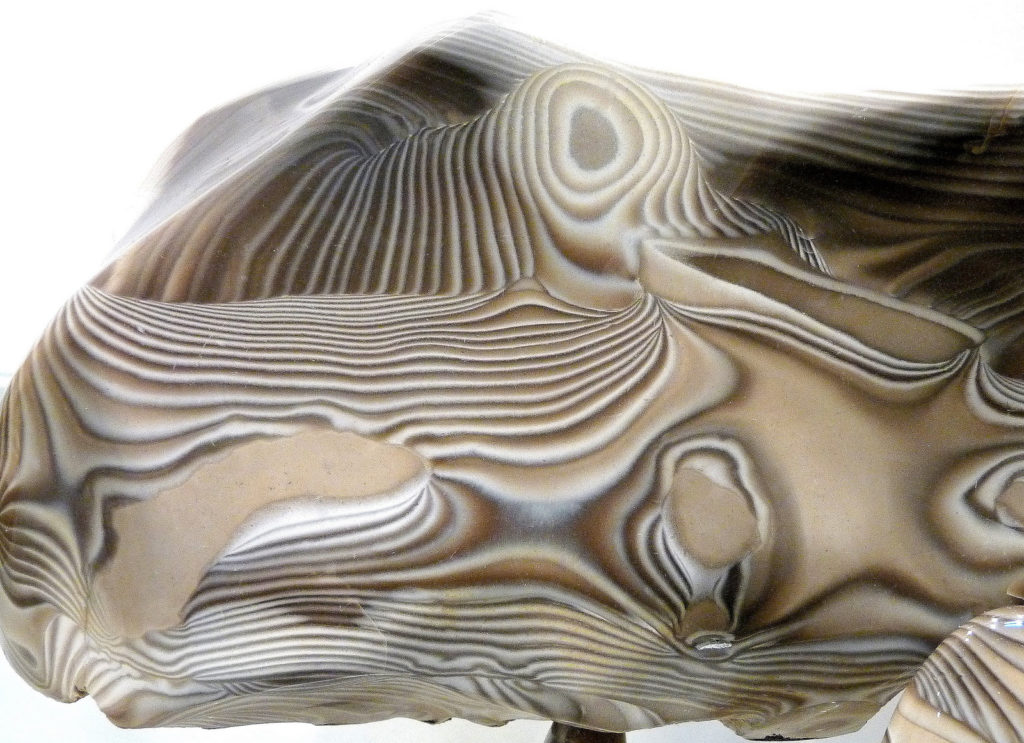
Striped flint is our Polish unique, rarer than a diamond. We can find it only in few of the area of Poland (Ostrowiec Świętokrzyski, Sandomierz and Iłża) in the Świętokrzyskie Mountains. The feature that distinguishes it from ordinary flint is the irregular arrangement of streaks or layers that create fanciful, very attractive patterns. Striped flint has the three most important features of a gemstone: rarity, decorativeness, and appropriate hardness. In recent years, striped flint has made a sensation in the world as a decorative stone, although at the end of the 20th century it was used in Poland to harden roads. It is sometimes called the “Polish diamond” because it is hard, brittle and very difficult to work with. The fashion for naturalness makes us eagerly reach for jewelry made of natural raw materials combined with precious metals. It has been appreciated by numerous masses of its owners, guests in museums and galleries, in scientific works and magazines, in the minds of jewelry and fashion designers.
LEMON QUARTZ
Also known as “Oro Verde quartz”, a lemon-yellow variety of transparent quartz. Closely related to citrine, but more lemony in color, while lemons have stronger orange tones. Most of the lemon quartz available on the market today had previously been irradiated to give their color. This occurs when the mineral is exposed to gamma rays and then gently heated. However, not all crystals have a chance to transform into a beautiful shimmering Lemon. Most aluminum-rich minerals turn into almost black crystal after this process, but some yellow-brown aluminum-rich quartz can be transformed into Lemon if they are properly heated before irradiation. The heat causes a loss of color, and the radiation returns to yellow. On the other hand, quartz rich in lithium, when subjected to very gentle heating (140-280 ° C), can turn yellowish green even without being subjected to radiation.
JASPER
Jasper derives its name from Greek, where “iaspis” means “spotted stone”. This mineral shimmers with different colors – yellow, brown, red, green, purple, and white. Jasper can be single-colored, with spots or stripes. It is usually opaque and has a glassy surface. It is a stone that has many varieties and different colors. Iron compounds give jaspers a brown, yellow, red, or green color. Jasper even shimmers with different colors. Depending on the proportion of minerals it is made of it has a more or less mottled surface full of colorful streaks.
LABRADORITE
Labradorite is a stone with beautiful shades, colors, shine, and brilliance. It is a mineral from the group of plagioclases. It owes its appearance to a mixture of two minerals – albite (sodium aluminum silicate) and anortite (calcium aluminum silicate). The name labradorite comes from the Labrador Peninsula in eastern Canada, where it is often found. In Eskimo legend, the Northern Lights were trapped in the rocks. She was freed by a passing warrior throwing a spear. However, he did not release the entire aurora, part of it remained in the rocks, hence the sheen of the labradorite. Labradorite is supposed to bring happiness to its owner, increase concentration, and help overcome shyness and addictions.
LAPIS LAZULI
Lapis lazuli is a charming stone that takes its beautiful, figurative name from the Arabic “azul” and Persian “lazhward” meaning blue and sky. Lapis lazuli was already used in the prehistoric period to decorate objects of worship, jewelry, and musical instruments. It was used in Egypt during the time of the pharaohs. In the Middle Ages, it was an inseparable element of the image of Mary, Queen of Heaven, and Tsarina Catherine II ordered one of the rooms in her palace to be used with it. Lapis lazuli has become an attribute of love and femininity, it was also called “the stone of heaven”. The blue of this stone is idealism, sacrifice, and devotion in its purest form. Lapis lazuli gives life energy, removes anxiety, has the power to heal. Lapis lazuli is a stone of artists and writers, it increases the creativity of thinking and communication.
KYANITE
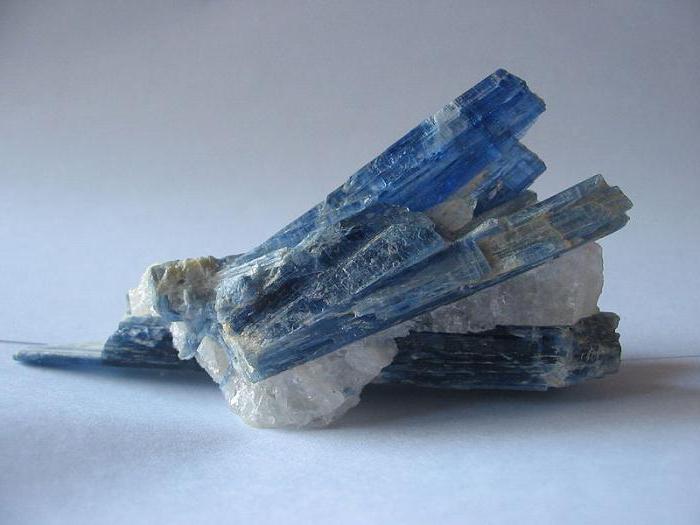
The stone is known under few different names: kyanite, cyanite; cyanite; dysthen. The name comes from the Greek “kuanos” or “kyanos”, which means “deep blue”. Its color impresses with a shade similar to that of sapphire. However, there are also colorless, white, gray, green, and yellow stones. The color of the crystal is not even, and often lighter and darker zones are visible in the crystal. The gloss is glassy, almost pearly It is precisely this double hardness of a single crystal that is so easy to distinguish Kyanite from other minerals. Also due to the characteristic zonal dyeing described above. Most often, Kyanite comes in a variety of shades of blue, less often it is colorless, white, gray, green, yellow, or orange. The rarest but most expensive form is colorless Kyanite. The most desirable color on the market is sapphire blue. Kyanite deposits can be found in many places around the world. The most important deposits are: Austria, Burma, Brazil, Cambodia, India, Kenya, Nepal, Russia, Serbia, Sweden, Tanzania, USA (Connecticut, Pennsylvania, North Carolina, and Georgia) and Zimbabwe. Not so long ago, orange-colored kyanite was discovered in Tanzania. And large sea-colored crystals were found in the Kenyan Umba Valley. Nepal is now widely recognized for its valuable deposits of the purest Kyanite. It is said that Kyanite from Nepal rivals pure Ceylon and Madagascar sapphire in its color.
SERPENTINITE
Serpentinite comes from Latin langues when it means “ viper”. is a stone with a green or yellowish color, often spotted. It is sensitive to acids. Deposits are located in Afghanistan, China, New Zealand, and the USA. Serpentine comes in multicolored green, gray, and black and has a distinctive dull to greasy luster and a greasy feel. Compared to other dark rocks, serpentine is quite soft stone.
SODALITE
The name sodalite comes from its sodium content. Sodalite is a rare rock-forming mineral best known for its blue to blue-violet color. Blue stones are usually used in jewelry, sometimes with a shade of purple. Often has white veining, and it can be confused with lapis lazuli. Small amounts of sodalite are present in many specimens of lapis lazuli. If significant pyrite is present, the specimen is not sodalite. Well-known sources of sodalite include: Litchfield, Maine; Magnet Cove, Arkansas; northern Namibia; Golden, British Columbia; Bancroft, Ontario; Kola Peninsula of Russia; and the Ilimaussaq intrusive complex of Greenland.
PEARLS

Pearls are formed in saltwater mussels, some freshwater mussels, and occasionally also in snails. They are a reaction to a foreign body that has penetrated between the clam shell and its mantle, or inside the mantle. Although pearls are of low hardness, they are very strong – you cannot crush them in your hand. The size of the pearls ranges from the head of a pin to a pigeon’s egg. The largest pearl is 5 cm long, weighs 454 kr and is in a museum in London. They have a typical pearly sheen, called “orient”. The own colors of the pearls vary depending on the type of mussel and the type of water: white, pink, silver, cream, gold, green, blue, and black. Natural pearls (also known as real pearls) are those that were created in nature without human intervention, both in the sea and in fresh waters. The growing demand for pearls, however, led to the fact that pearls were grown en masse. Such pearls are not an imitation, but a natural product, although made with human participation.
TSAVORITE
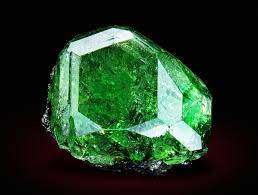
This emerald, green variety of Pomegranate (grossular), found in 1967 by the Scottish gemmologist Campbell Bridges in a forest on the border of Kenya and Tanzania. He then came across potato-shaped stones that contained beautiful green crystals. Tsavorite got its name from the place where it was discovered – Kenya National Park – Tsavo. The shade scale of this crystal ranges from pale yellowish green to deep green or bluish green that can even rival good quality emeralds. Tsavorite owes its intense shade to trace amounts of vanad and chrome. It is a transparent to blunt stone with a glassy sheen. The high refractive index also gives it a beautiful brilliance. Rather, corrected copies are not found.
TIGER’S EYE
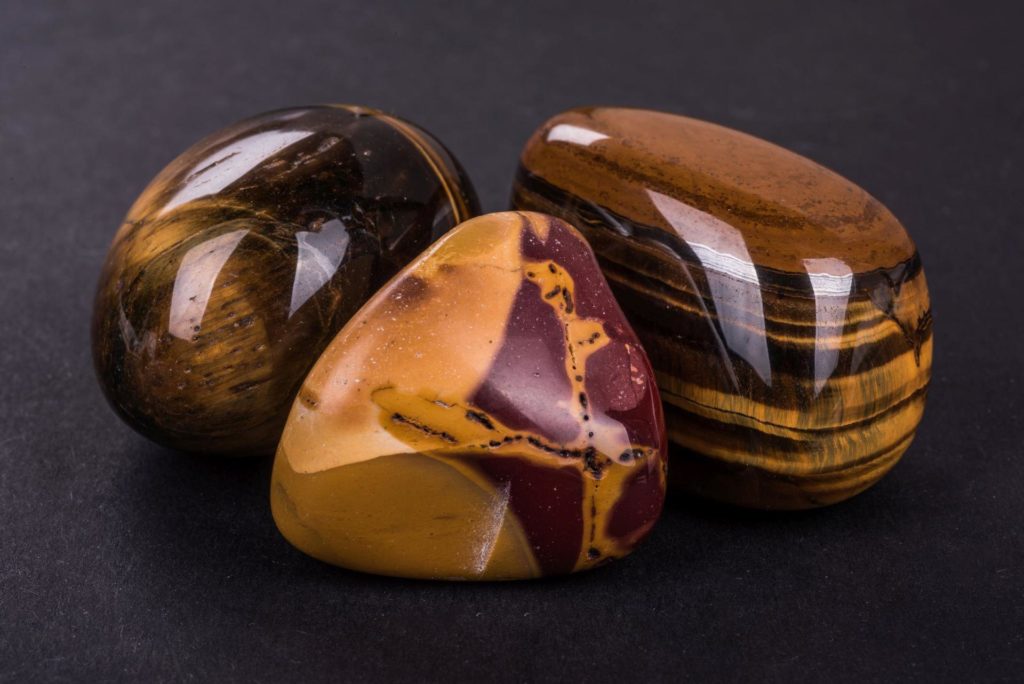
Tiger’s eye is a rare variety of quartz with an unusual attribute, which is the cat’s eye effect. The stone not only impresses with its beauty, but also has special healing properties that are used in lithotherapy. Stone is a brittle and delicate, opaque mineral that belongs to very rare minerals. It occurs in South Africa (on the Oranje River in the Door massif, it has been in operation since 1876, it is in the form of inserts among shelled jaspers), Australia (Yarra Creek), Namibia, USA, Mexico, Burma, India, Russia, and Ukraine.
CHALCEDONY
It is a very delicate mineral, a slight increase in temperature or prolonged sunlight may cause some varieties to change their color from yellow or brown to red or orange. Chalcedony is an attractive and valued collector’s and decorative stone known since antiquity. Its name comes from the city of Chalcedon, located on the Bosporus. Previously in antiquity, seals and portraits were made of chalcedony. Currently, it is most often used for the production of jewelry. Chalcedony is believed to have the power to calm anger, soothe irritation. It has aura cleansing properties and stabilizes emotions, protects against negative influences, is an effective amulet to protect against drowning.
PYRITE
a golden yellow mineral with a strong metallic sheen. The name comes from the Greek pyr, meaning fire, and pyrites, meaning sparkling. Colloquially known as “Fools Gold”. It may additionally contain some admixtures of metals such as copper, silver or even gold. However, these are minimal amounts that do not increase the value of this mineral. Pyrite is a stone of freedom, self-reliance, and responsibility. Pyrite awakens the appetite for the implementation of plans and gives the energy necessary to implement them. It facilitates the control of all our investments and efforts. Pyrite stimulates creativity in people working in the arts.
APATITE
The stone can be of various colors: colorless, pink, yellow, green, blue, purple. Name (Greek “cheat”) given because of possible confusion with other stones. It has a glassy sheen. Due to the admixtures, there are many types of apatite’s. The light green variety has the trade name “Asparagus Stone”. Blue Brazilian apatites and those with a “neon” blue-green color, similar to that of Paraíba tourmalines, command the highest prices. Rare, rich purple specimens from Maine are also highly prized.
AZURITE
Called azurite stone or shesilite. The name is given because of the lapis lazuli color. Glassy gloss. It occurs together with malachite in or near copper ore deposits. Once used for the production of azure dye.
A very brittle stone is rarely used in jewelery in its purest form. It has a bluish-purple shade. It is believed that in a person it opens up psychic abilities. It helps consciousness to allow the flow of cosmic energy. This ancient stone was worshiped in ancient Egypt. It has also been used for the esoteric practices of alchemists from the Middle Ages and druids. It is said it supports treatment and prevents headaches.
FLUORITE
The name comes from Latin language, meaning “flow”. It was derived from its use as a flux in the process of obtaining liquid slags. Glassy gloss, color division (almost all colors, most often green, blue, purple, yellow), often zone and spotted. Fluorite can come in many colors; it can be colorless, yellow, brown, green, blue, purple, pink. It crystallizes in the form of cubes, usually with bevelled edges. It often forms twins. Excellent cleavage parallel to the octahedron faces. The crystals can be coated with other minerals such as quartz and pyrite. Glassy gloss. Fluorite gets its name from the fact that it fluoresces under ultraviolet light. In most fluorites, near ultraviolet light produces a blue to violet glow. Brown fluorspar crystals from the Ohio Clay Center (USA) are known to exhibit white glow, and yellow phosphorescence when the inducing agent is removed; this is believed to be due to bitumen infiltrations.
HOWLITE
Contrary to popular belief, howlite is a gemstone, and more specifically – it’s a borate mineral. It’s usually found in evaporite deposits and is relatively rare. It’s mined only in parts of the U.S. and in Canada, where it was first discovered in 1868 in Nova Scotia. Milky white, often with black or dark brown veins, opaque stone. Tinted in blue, it pretends to be turquoise.
IOLITE
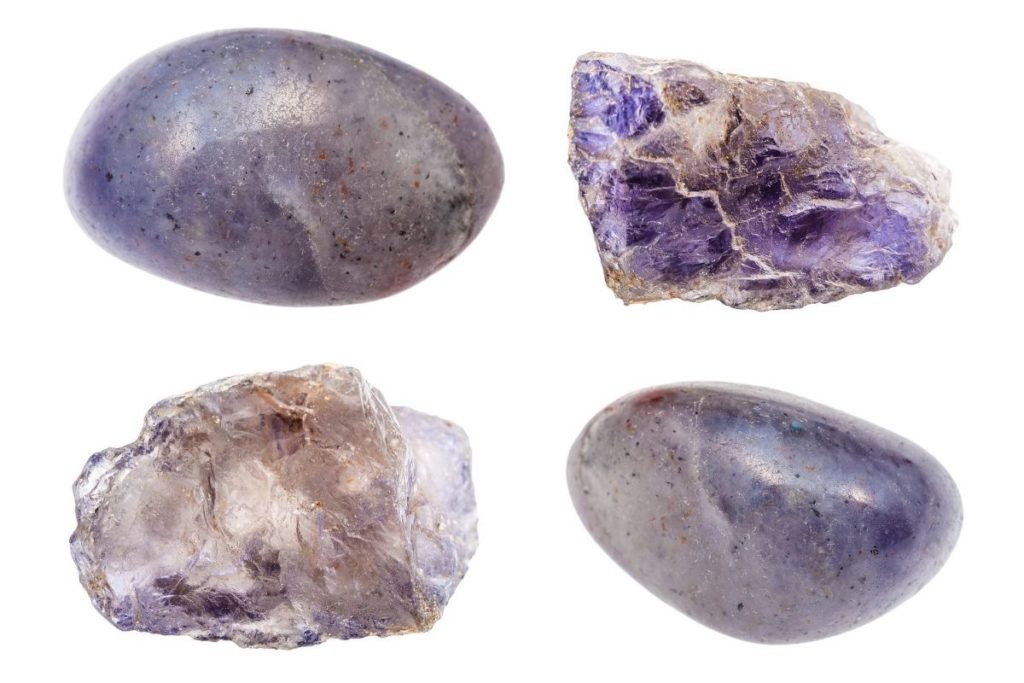
Also called cordierite. Iolite is renowned for its pleochrism, appearing intense blue in one direction, yellowish grey or blue in another, and becoming almost colorless as the stone is turned to the third direction. … It occurs as short, prismatic crystals, which are normally gray, light, or dark blue, or violet, but can also be yellowish gray.
MOUNTAIN CRYSTAL
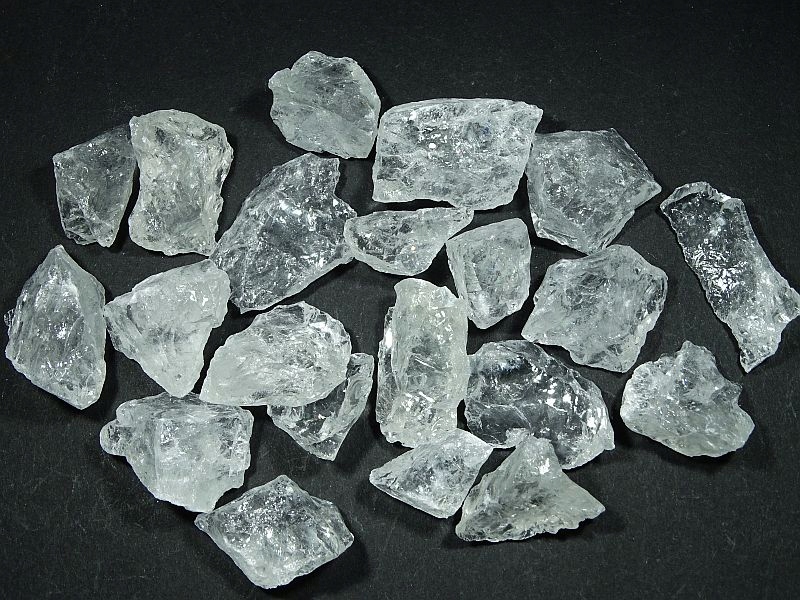
A rock/mountain crystal is a colorless stone from the quartz group. The name “crystal” comes from the Greek the word for “Ice”, as the stone was considered to be something frozen forever. Often, beauty is added to them with inclusions of other materials (e.g., pyrite, rutile, tourmaline). The largest deposits are located in : India, Sri Lanka, Kenya, Madagascar, Brazil, French Guiana, USA (Maine, New York, North Carolina, Arkansas, California), Russia, Ukraine, Kazakhstan, Georgia, Switzerland, Austria, Italy, Germany, Czech Republic, Poland , France.
MOLDAVITE
Otherwise known as “moldavite, vltavite, bottle stone or water chrysolite”. Moldavite is a rock (tectite) that can be used as a precious and decorative stone. The name comes from the German name of Vltava River “Moldau” in the Czech Republic. Moldavite is a natural glass that is thought to have formed in the heat of an asteroid impact. This event occurred about 15 million years ago, and a splatter of hot glass formed a strewn field across central Europe. Moldavite has a grained surface and a glassy sheen; is usually yellowish green, green, or greenish brown in color. It has been cut into faceted and cabochon gemstones since the mid-1800s. These are used in rings, earrings, necklaces, pins, and other types of jewelry.
CHRYSOPRASE
It is probably the most famous Polish gemstone. Its name comes from Greek, meaning “green gold”.
Chrysoprase is a green colored chalcedony (mineral, cryptocrystalline silicon dioxide, or silica) or opal (mineraloid, amorphous silica). Chrysoprase most often appears as veins in serpentine rocks, so it occurs near jade. Its green color comes from an admixture of hydrated nickel silicate. This is why chrysoprase can be found in the area of former exploitation of Lower Silesian nickel ores. Some varieties of this stone are slightly bluish (rarely), while the intensely green variety is sometimes called “emerald chrysoprase”. The degree of transparency varies – transparent, opaque, and slightly translucent varieties are known.
UNAKITE
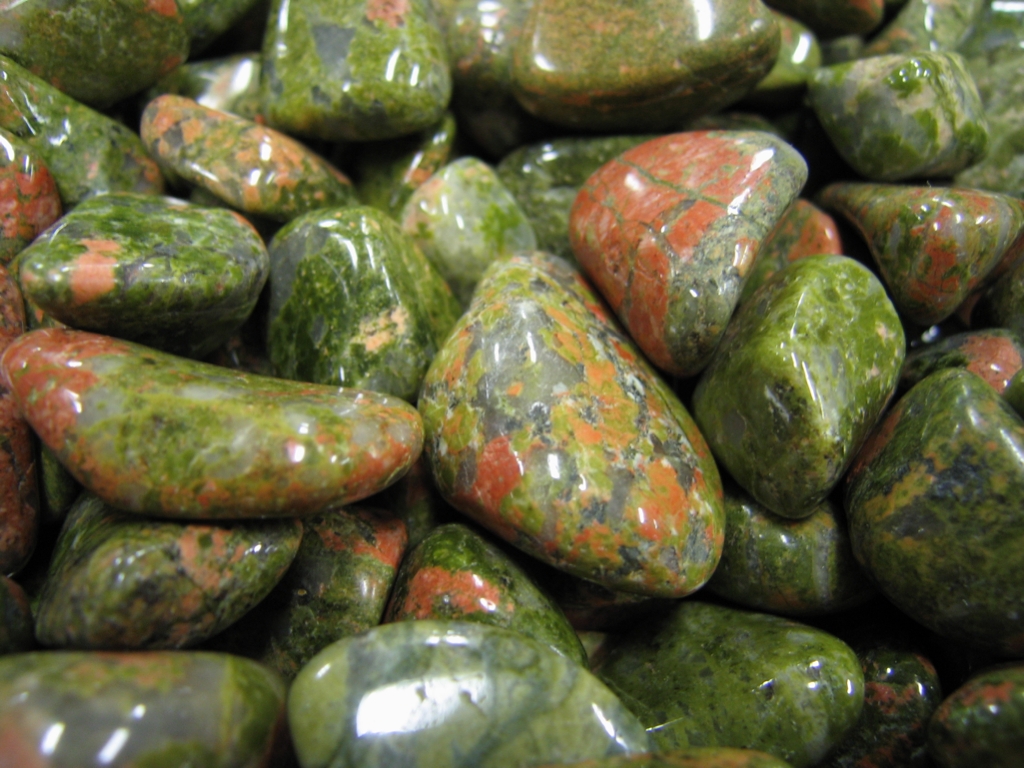
Unakite is the name used for a coarse-grained granitic rock that, after metamorphism, contains abundant pink orthoclase and pistachio-green epidote and clear quartz. It is usually found as a speckled pink and green stone and can vary in shade from stone to stone. It is easily cut and polished to produce beads, cabochons, small sculptures, and other ornamental items. It is also a popular material for producing tumbled stones in a rock tumbler. Unakite is attractive, abundant, inexpensive, and frequently seen in the craft jewelry marketplace. Unakite is occasionally used as an architectural and decorative stone. Slabs of unakite are used as flooring tiles, facing stone, stair treads, and windowsills. Its most famous use is as a trimming to the front steps of the Smithsonian National Museum of Natural History in Washington, D.C.
AMAZONITE
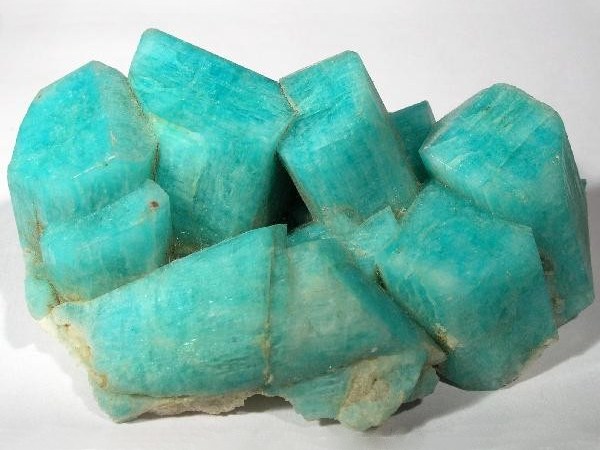
The gem was first named “Amazon stone”, after the Amazon River (although there are no known deposit near that river). Over the time the name evolved into Amazonite, which sounds more appropriate for a gem or a mineral. Amazonite is a dazzling green to bluish-green variety of feldspar. The biggest deposits are in Russia, but it has also been found in the USA, Brazil, and Madagascar. Amazonite has been used as a gem for over 2000 years. It has been found in archaeological excavations of ancient Egypt and Mesopotamia (an area that covered portions of present-day Iraq, Kuwait, Syria, and Turkey).
HELENITE
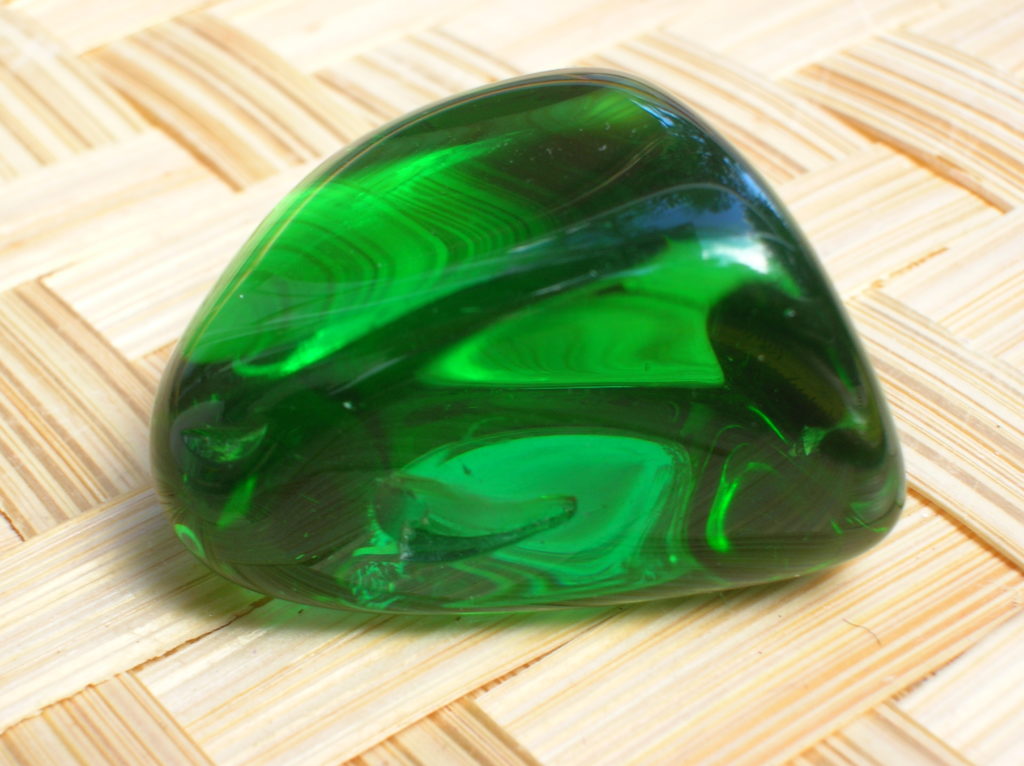
Know under one more name “ Green Obsidian”. Helenite is a trade name used for a man-made glass that is produced using volcanic ash from the 1980 eruption of Mount St. Helens. It is sold as facet rough, faceted stones, tumbled stones, and mounted in finished jewelry.
NEPHRITE
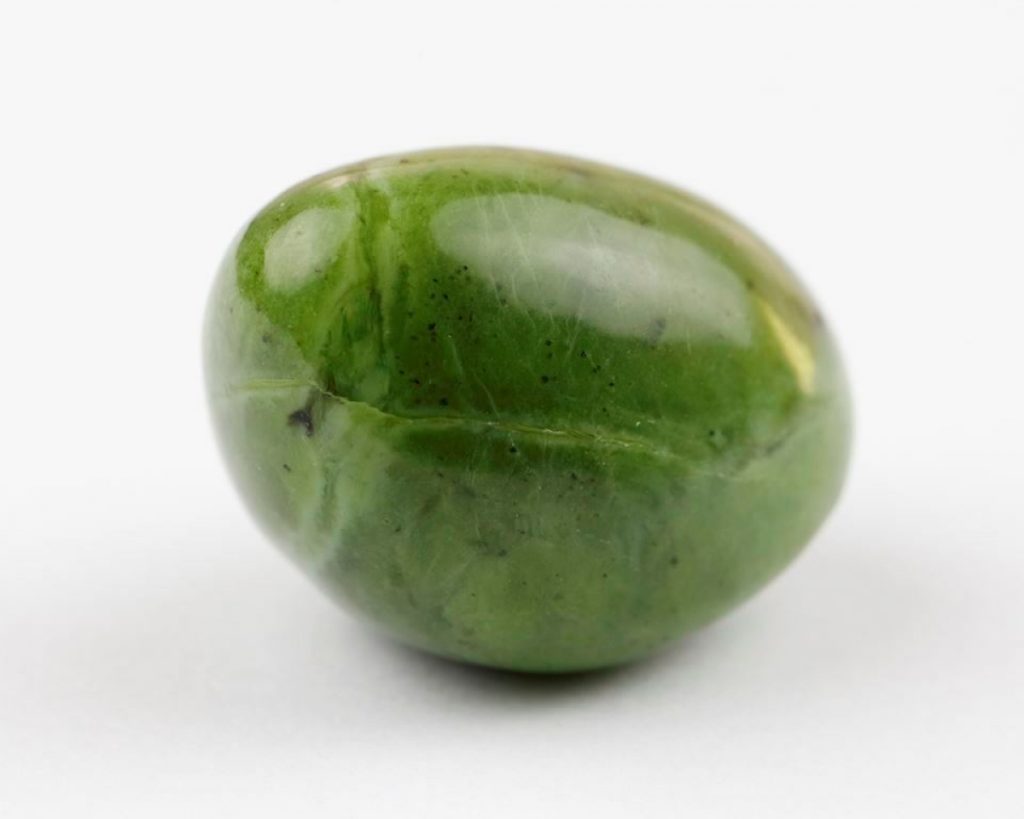
Nephrite is a representational rock that is mostly composed of actinolite minerals. Its name comes from the Greek word “nephros”, meaning “kidney” and is associated with the fact that in ancient times it was believed that it had a healing effect on kidney diseases. This mineral occurs in various colors – from cream, to red, brown, to dark green – depending on the chemical composition – the higher the iron content and the less magnesium, the darker the color of the stone. Green jade is sometimes confused with a similar jadeite. Jade stone has an extraordinary beauty and is credited with magical and healing abilities. The Chinese were the first to appreciate its advantages.
RHODOCHROSITE
is a soft mineral sometimes confused with rhodonite. It is made up of manganese carbonate. The word rhodochrosite is derivative from Greek and means “rose-colored”.
In its pure form, it is a vibrant bright pink color. Often times, calcium and other minerals find their way into the mix, the end result being a beautiful light pink color with white banding. Occasionally you will also find brown and white rhodochrosite. Rhodochrosite is the state mineral of Colorado and is often found in silver mines. Until people started actively looking for good quality rhodochrosite specimens, they were routinely discarded in mine dump piles. Rhodochrosite is found in Argentina, Peru, Romania, Poland, Canada, and the United States.
ANGEL AURA QUARTZ
Angel Aura Quartz is a shimmering gemstone made by heating quartz crystals and then coating them in powdered silver and platinum. The process creates a beautiful rainbow sheen that is permanent. Commonly use in meditations and natural healing processes. Highly valued for its high vibration and mystic properties..
If you liked the selections of crystals, leave a comment with your favorite one… or tell mem which ones are worthy of being mentioned or add to this post ..
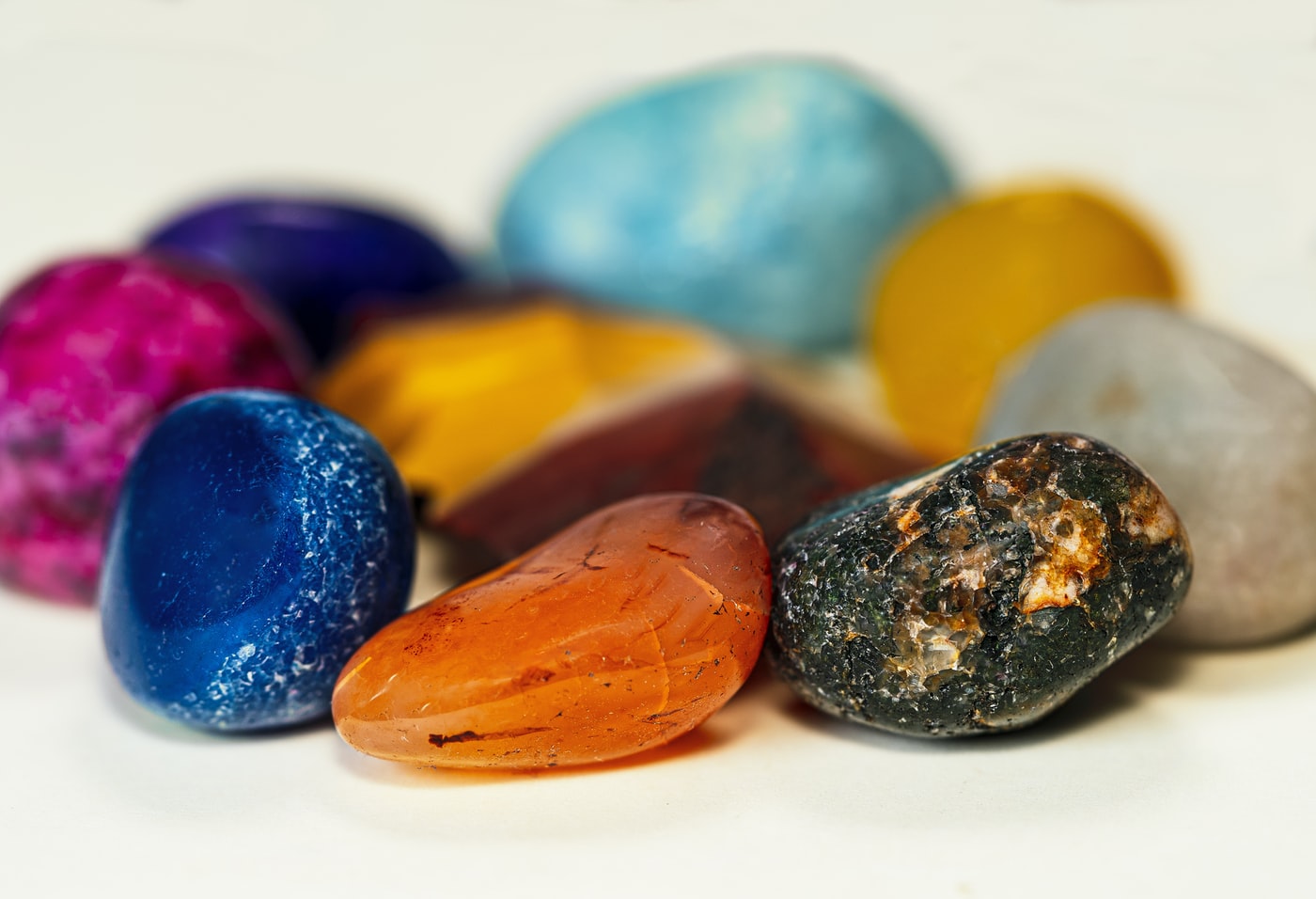
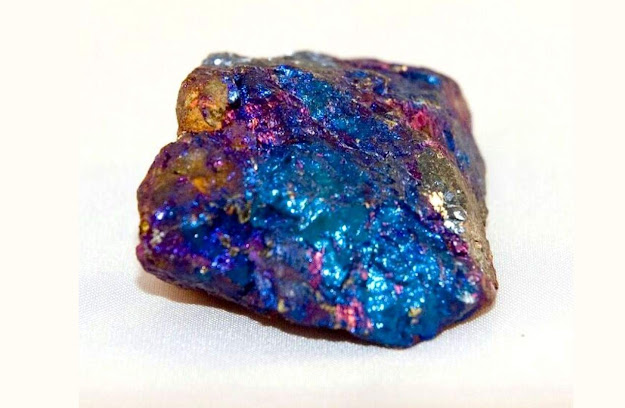

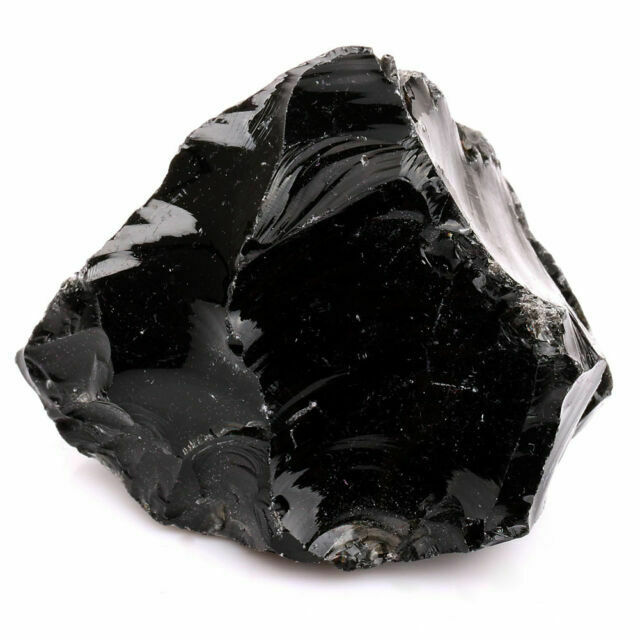
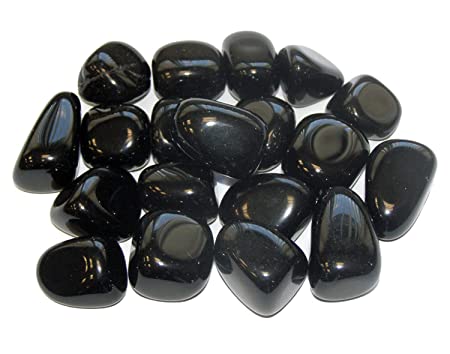
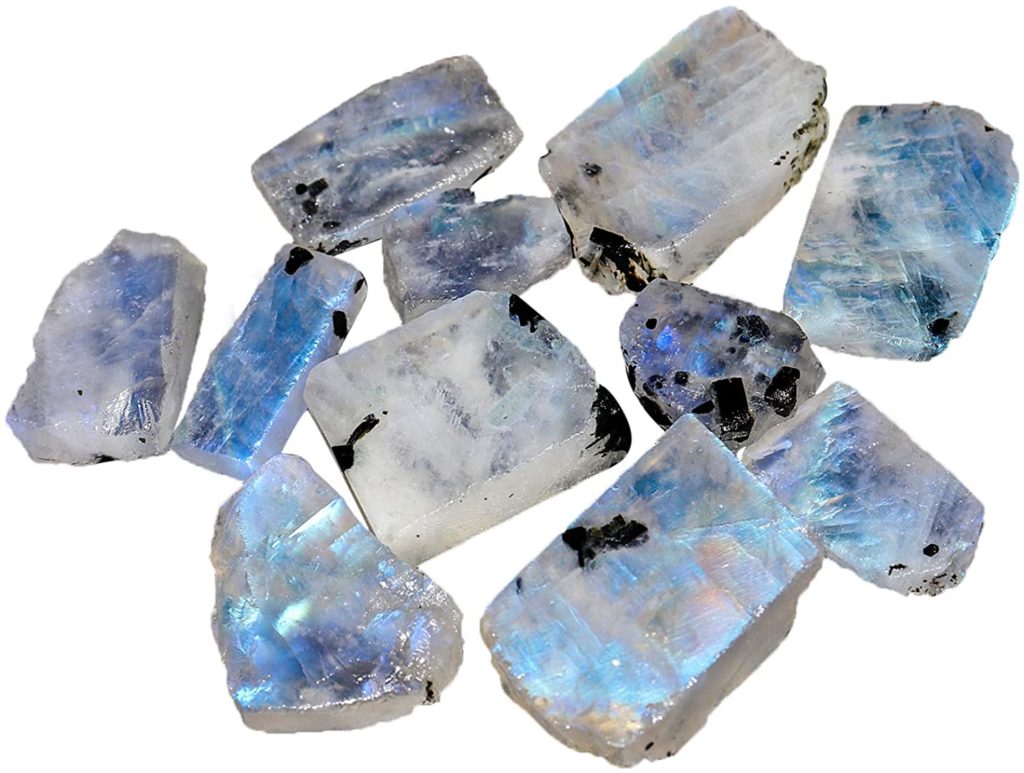
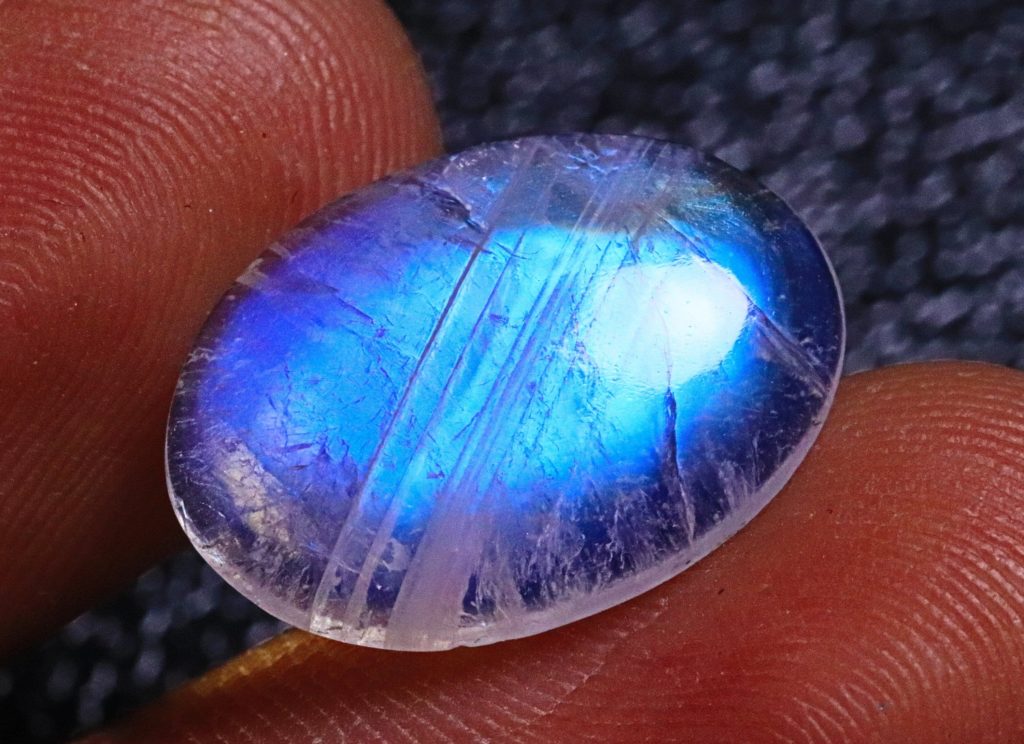
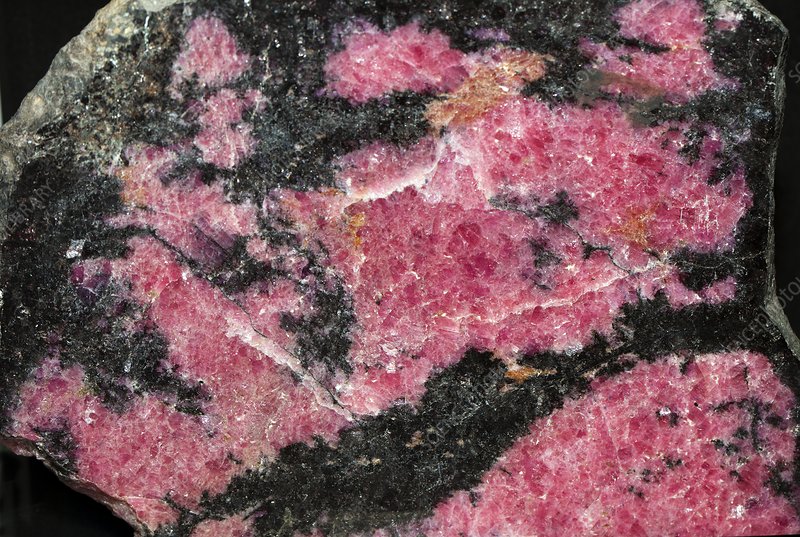
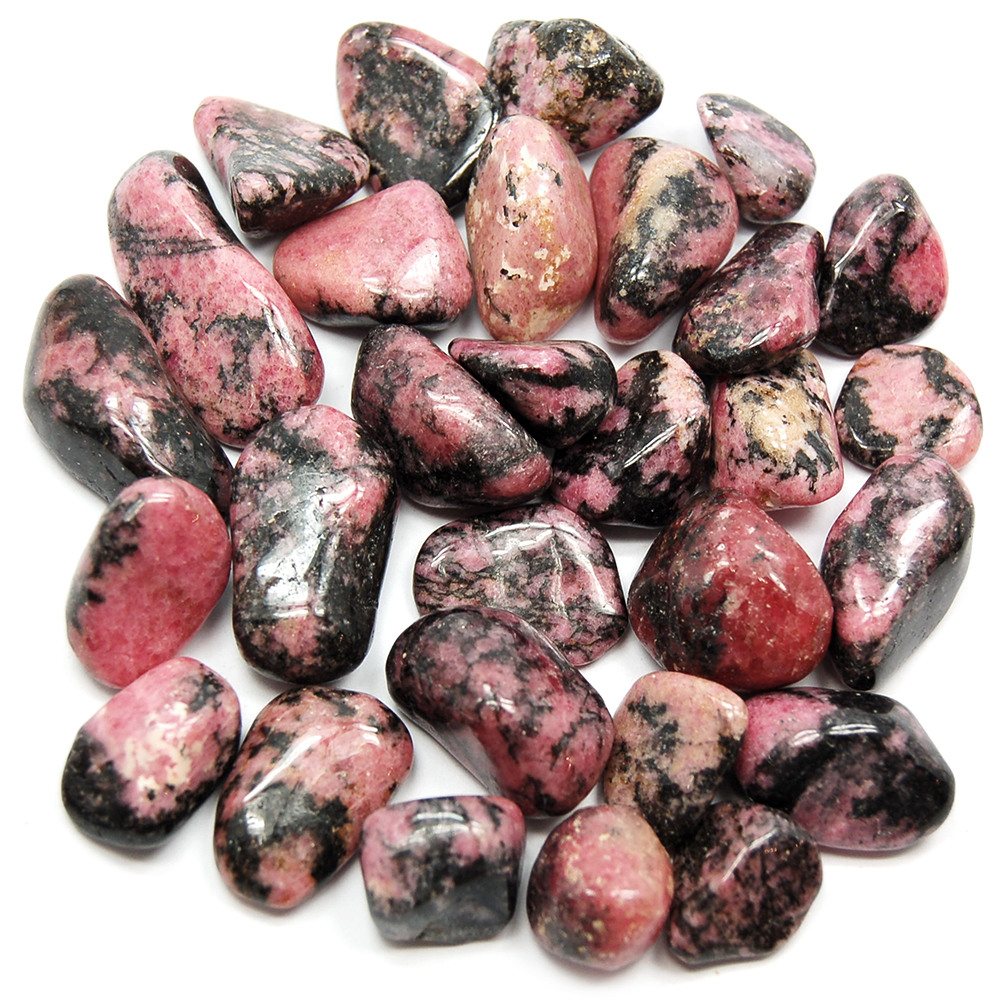
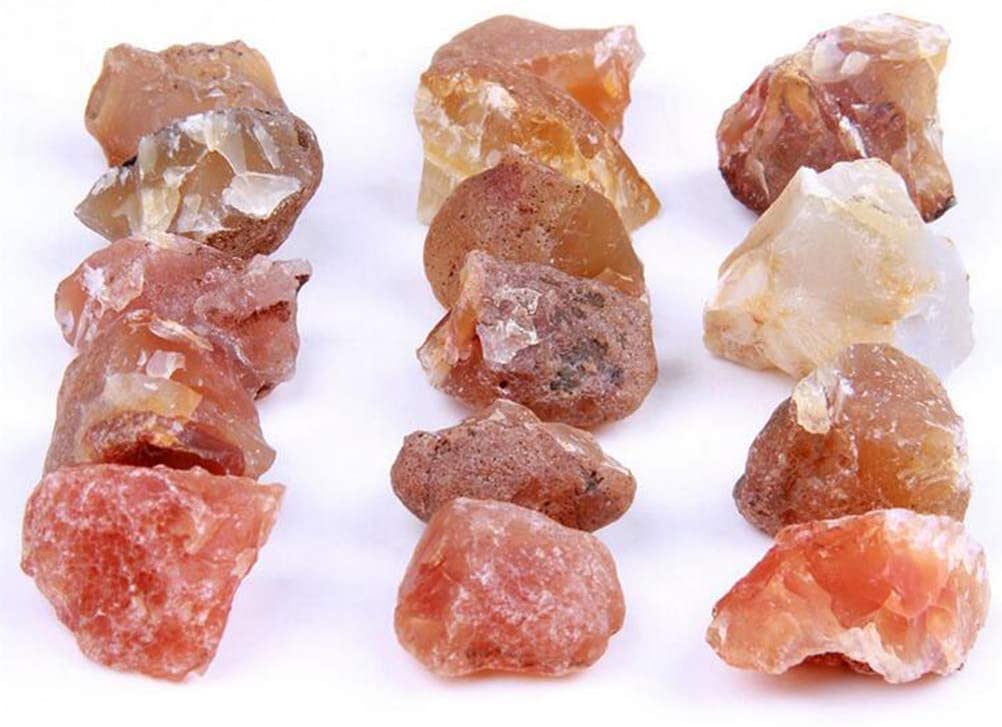
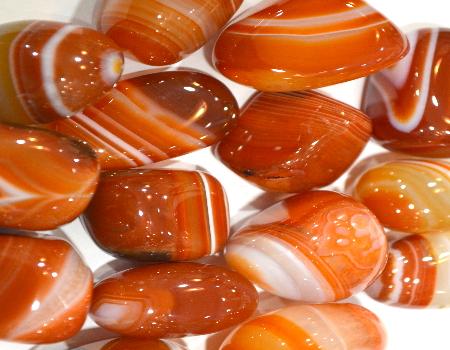
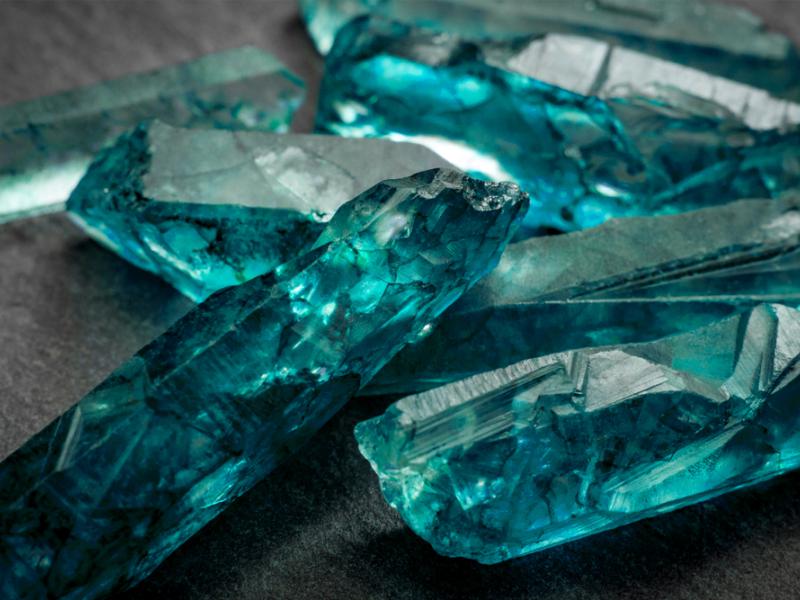
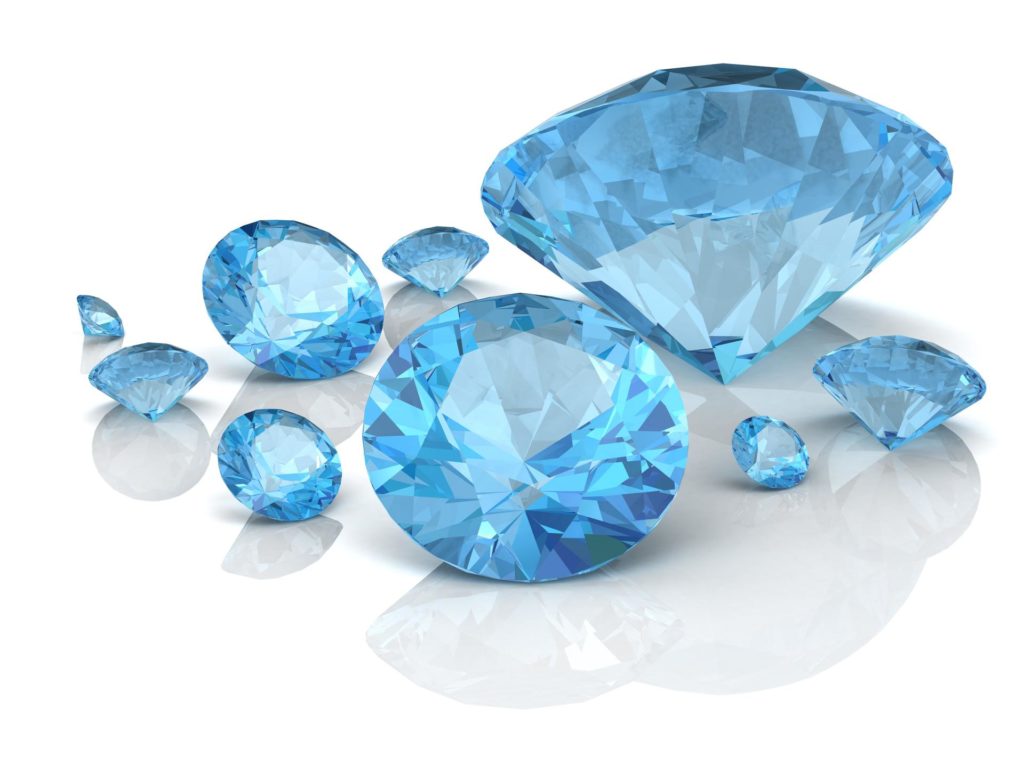
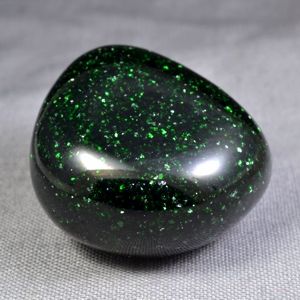
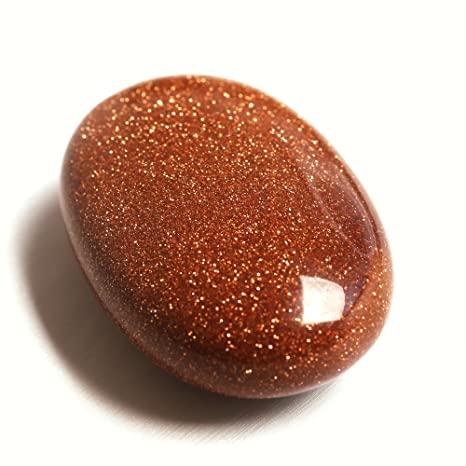
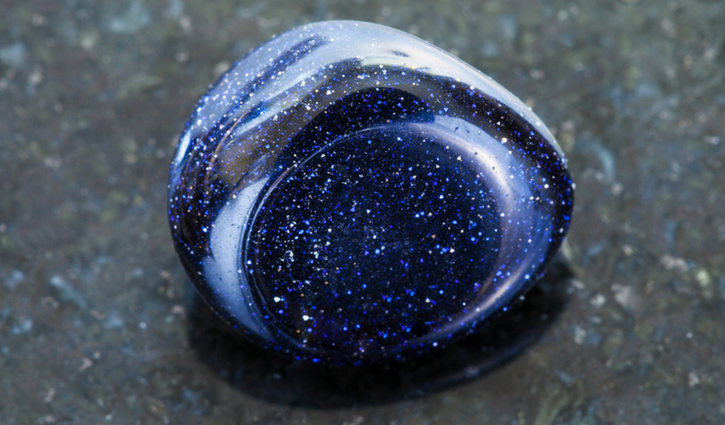
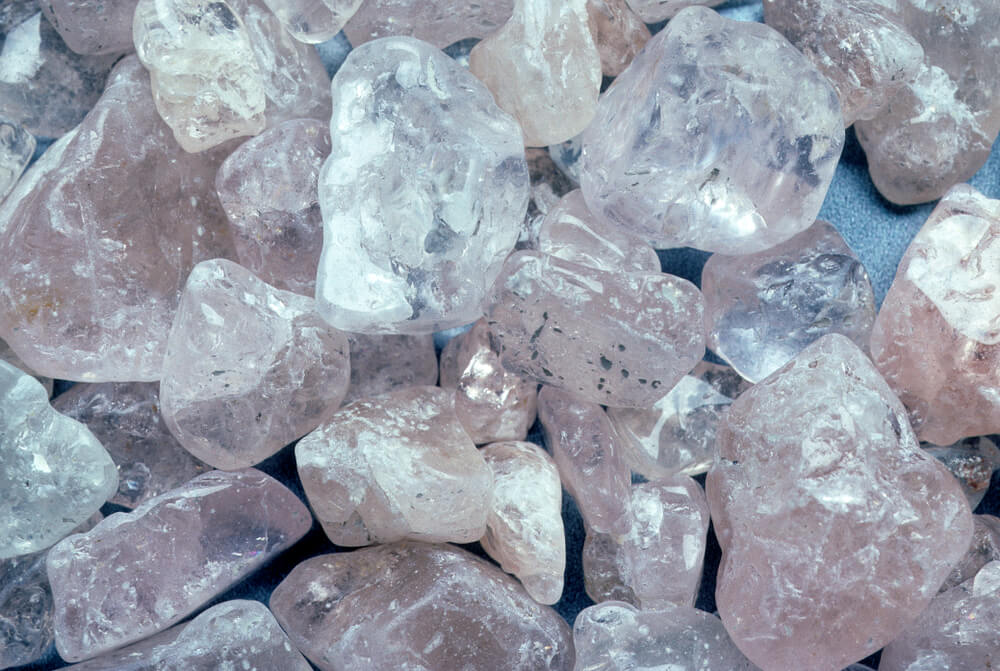
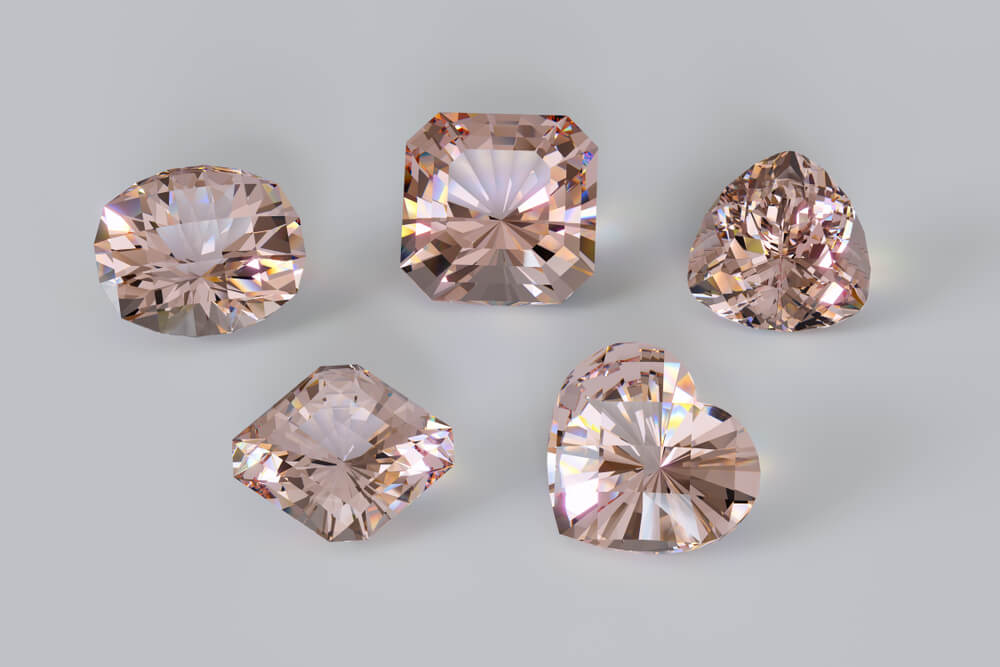
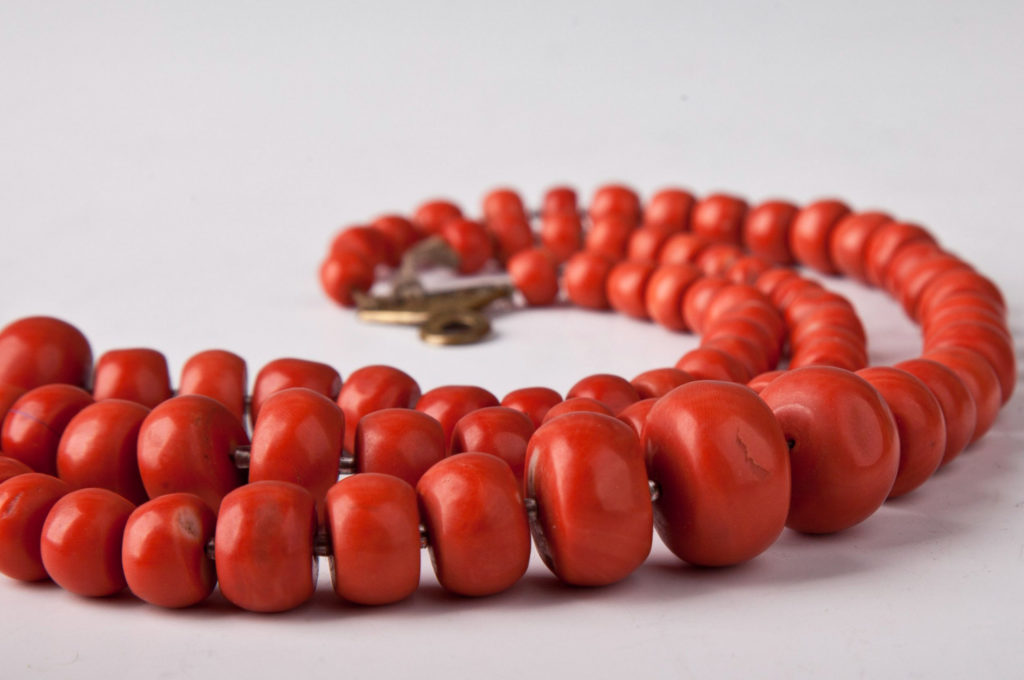

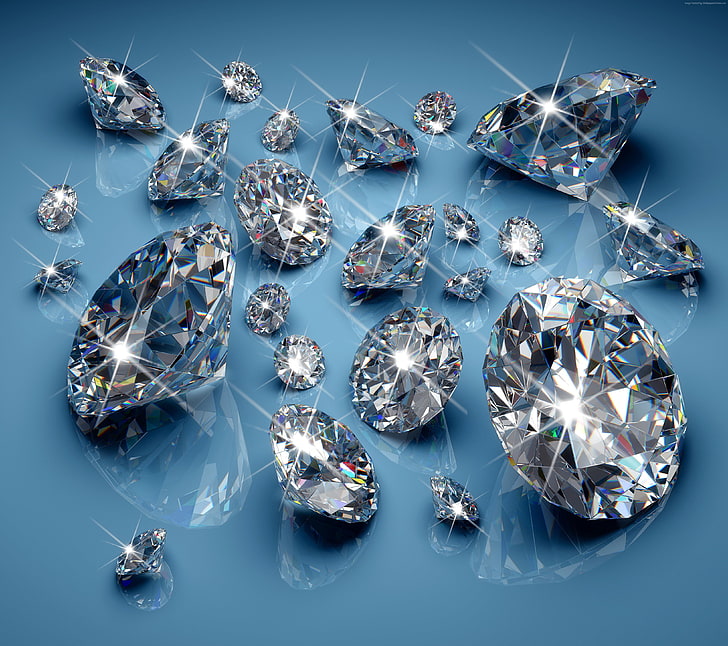
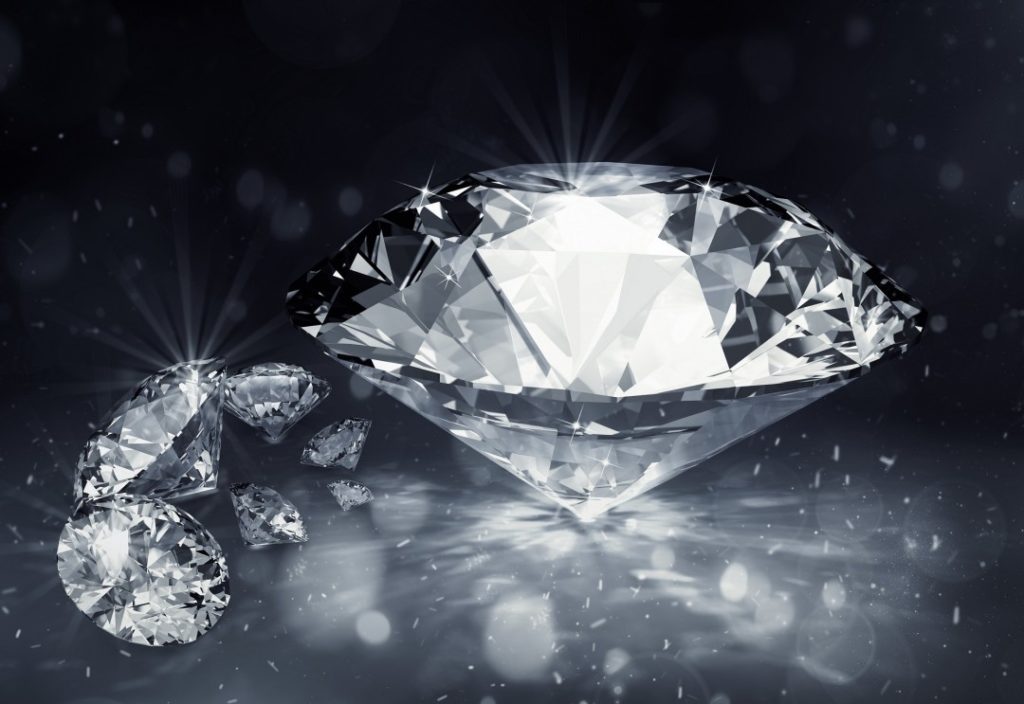
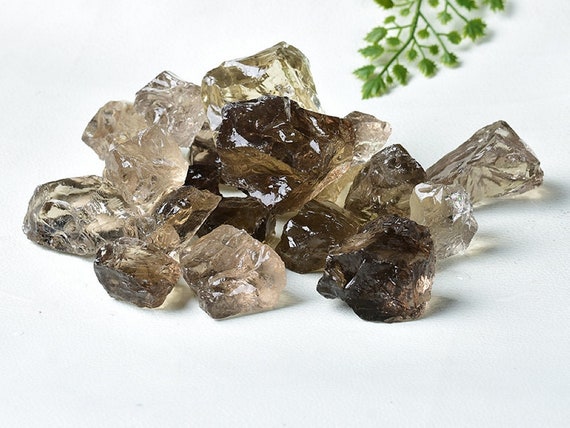
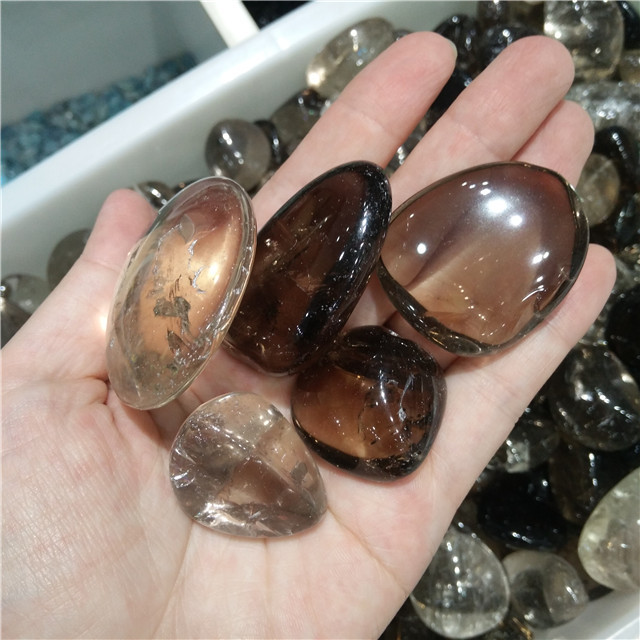
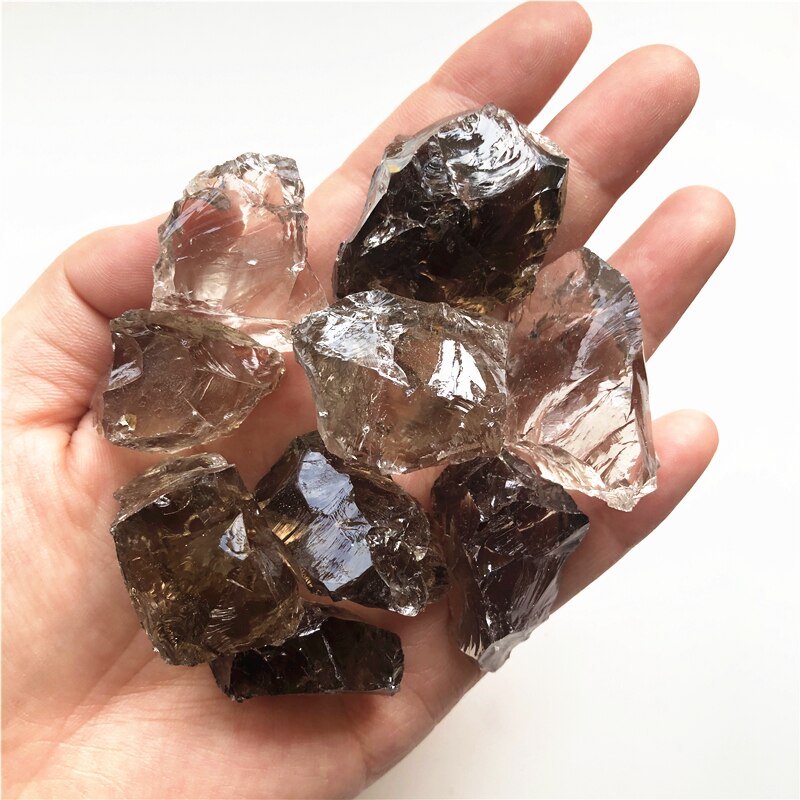
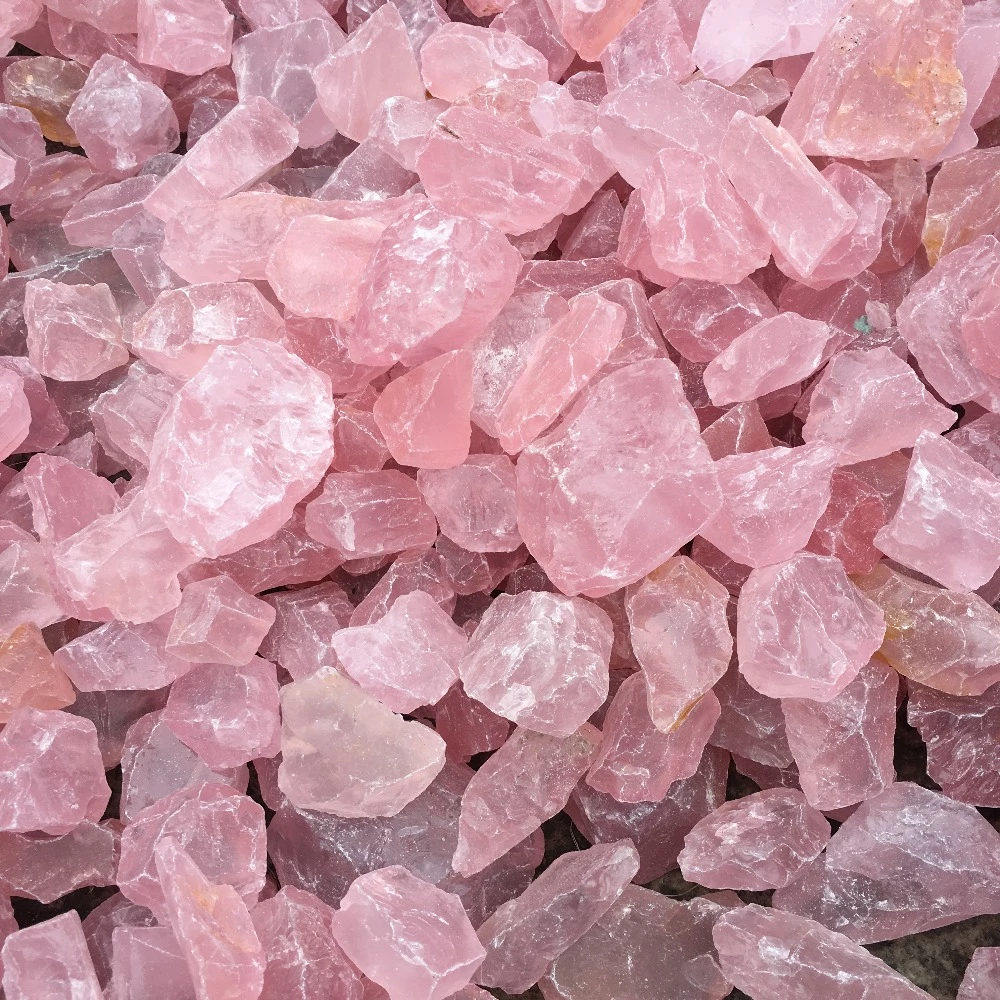
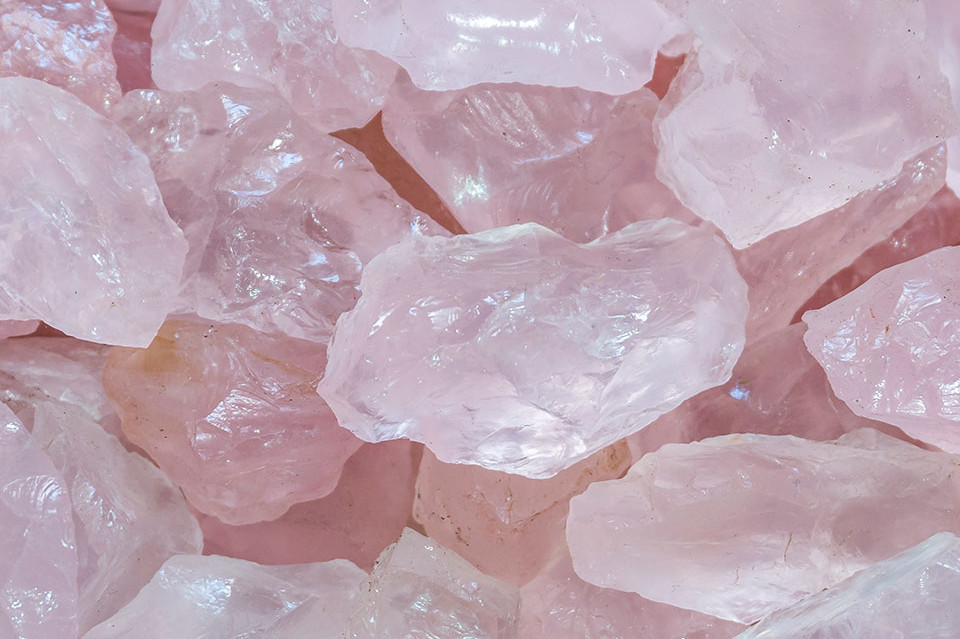
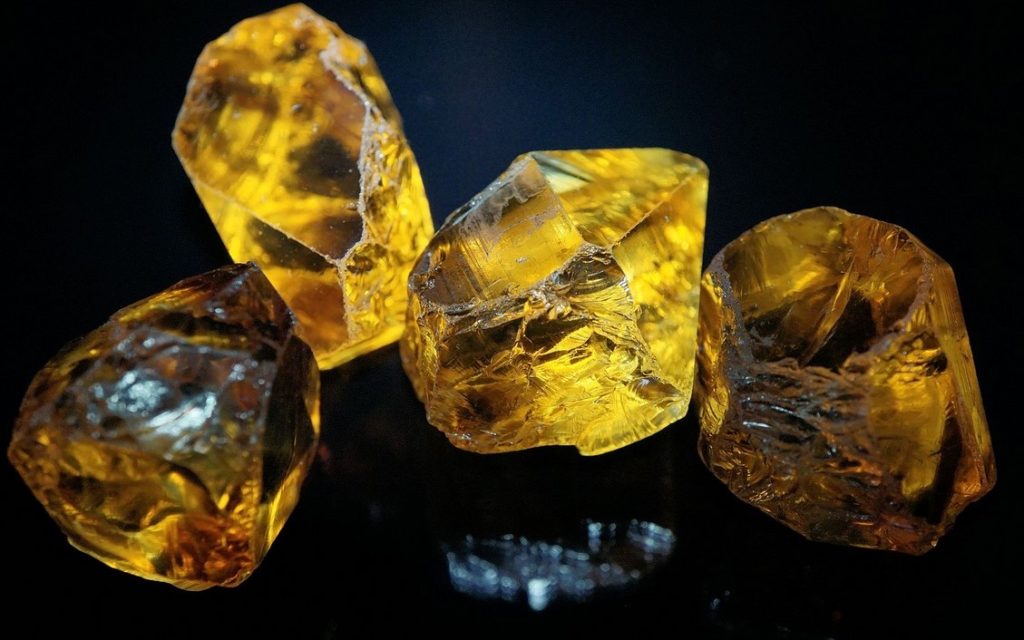
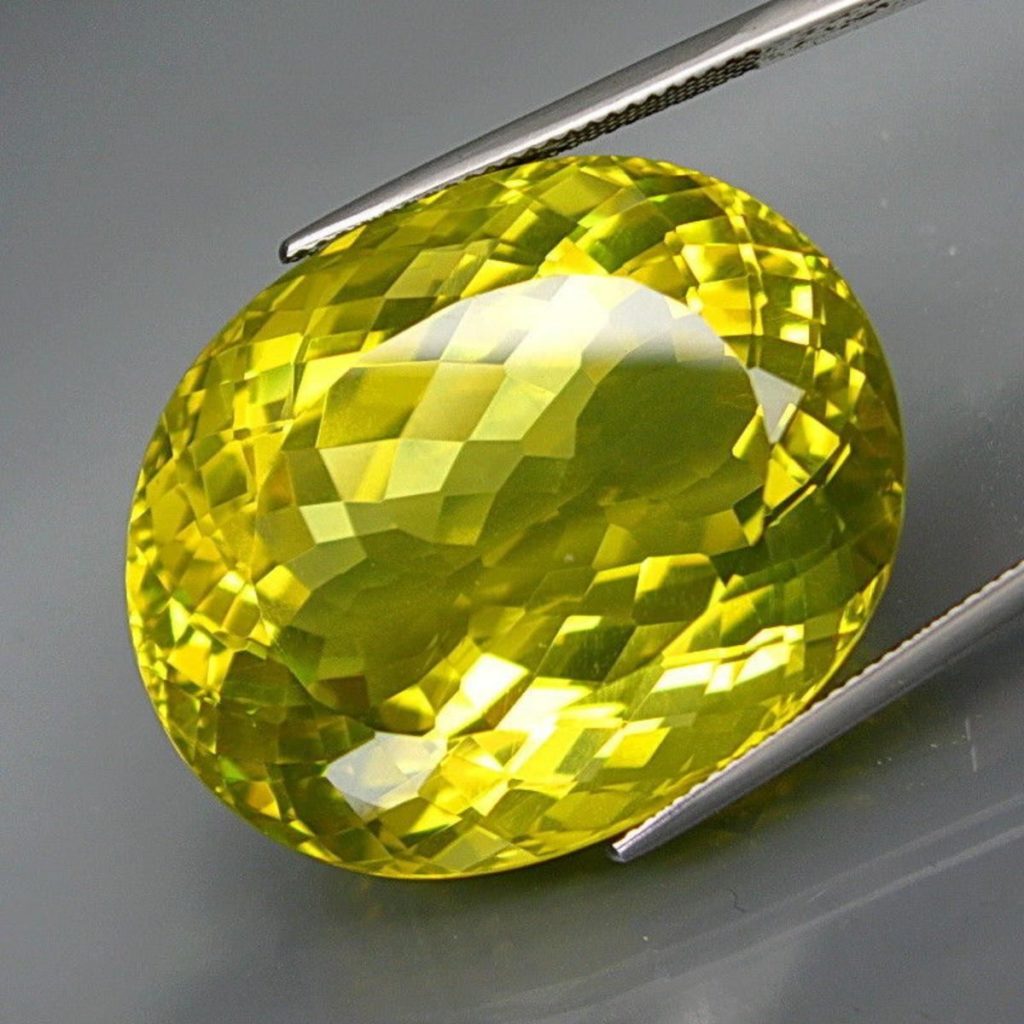
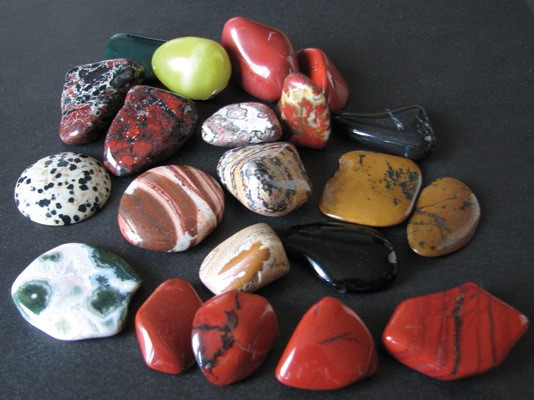
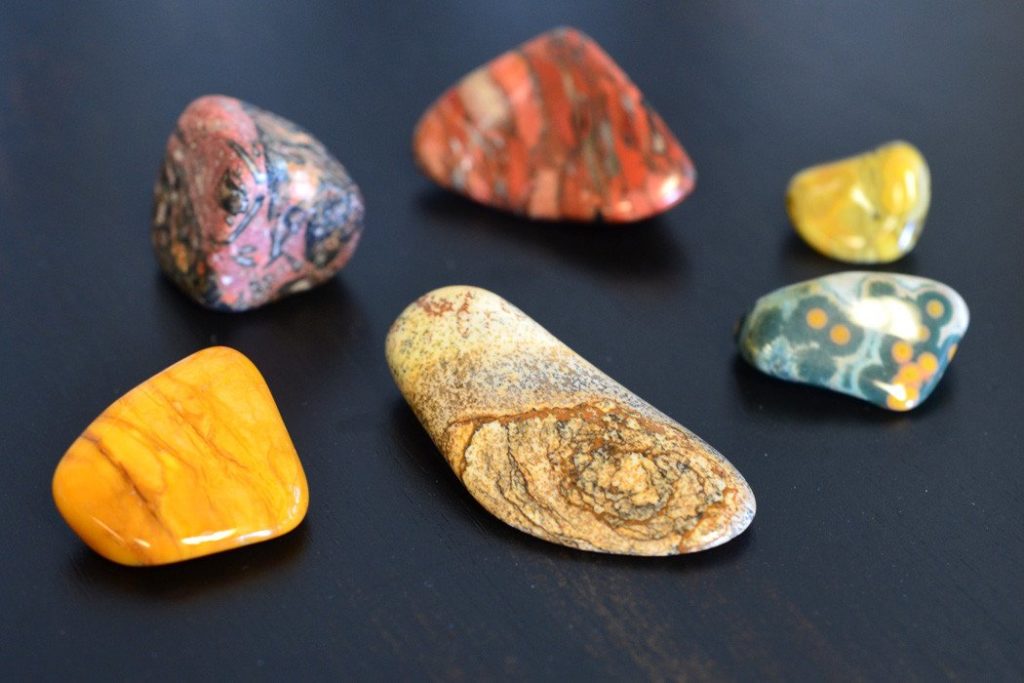
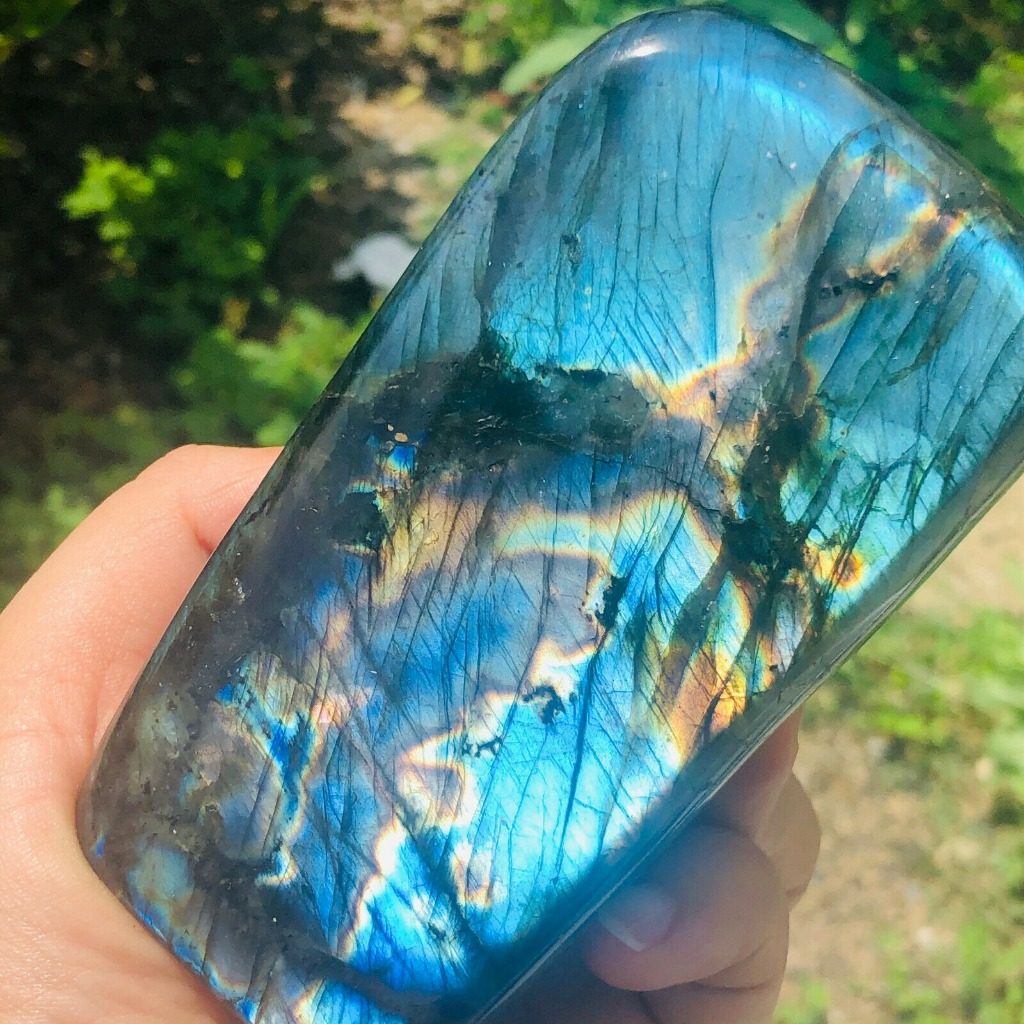
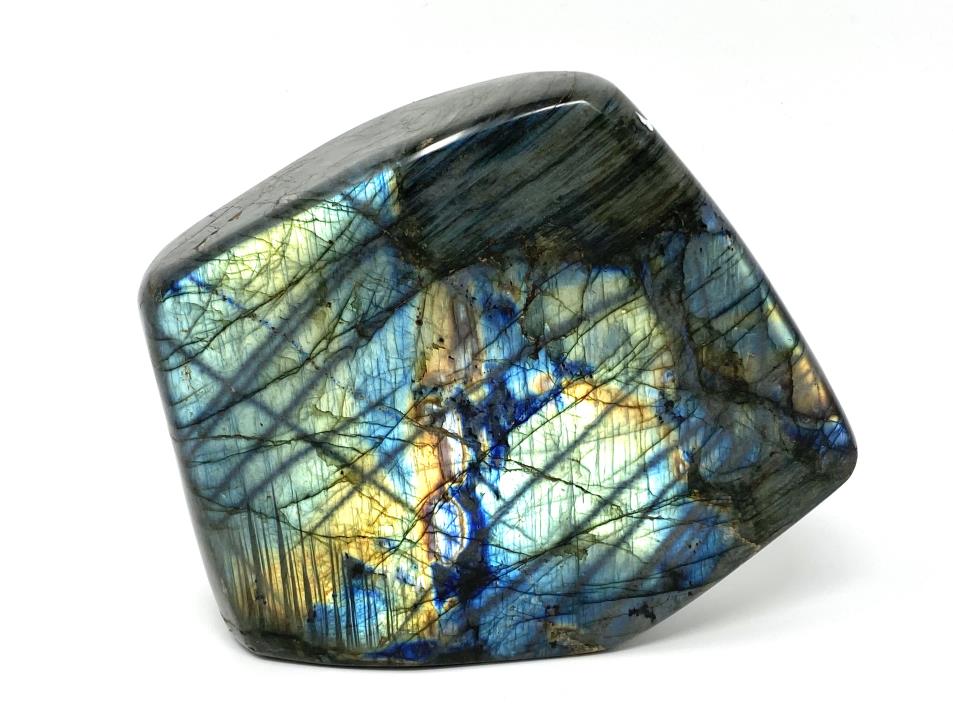
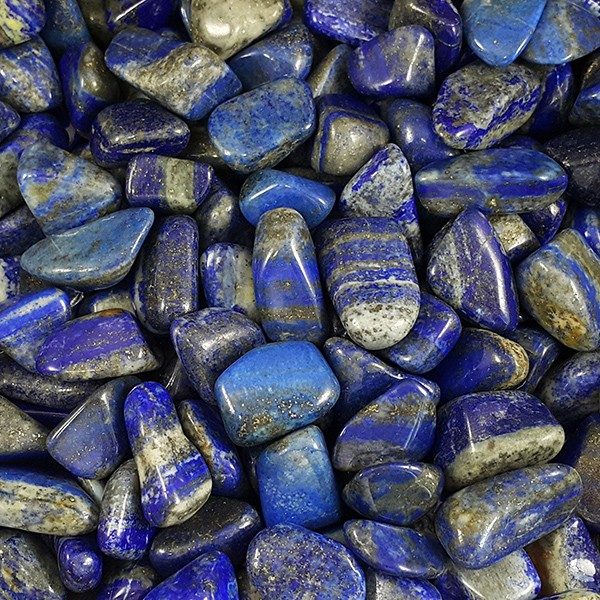
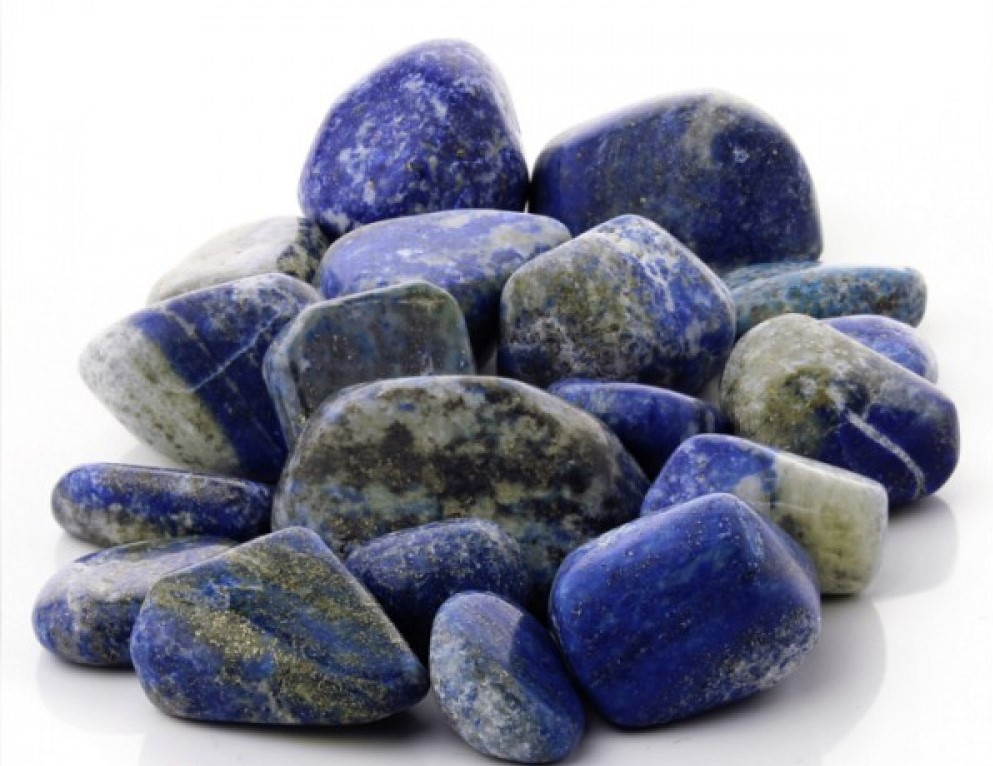
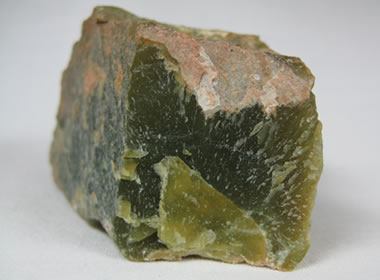
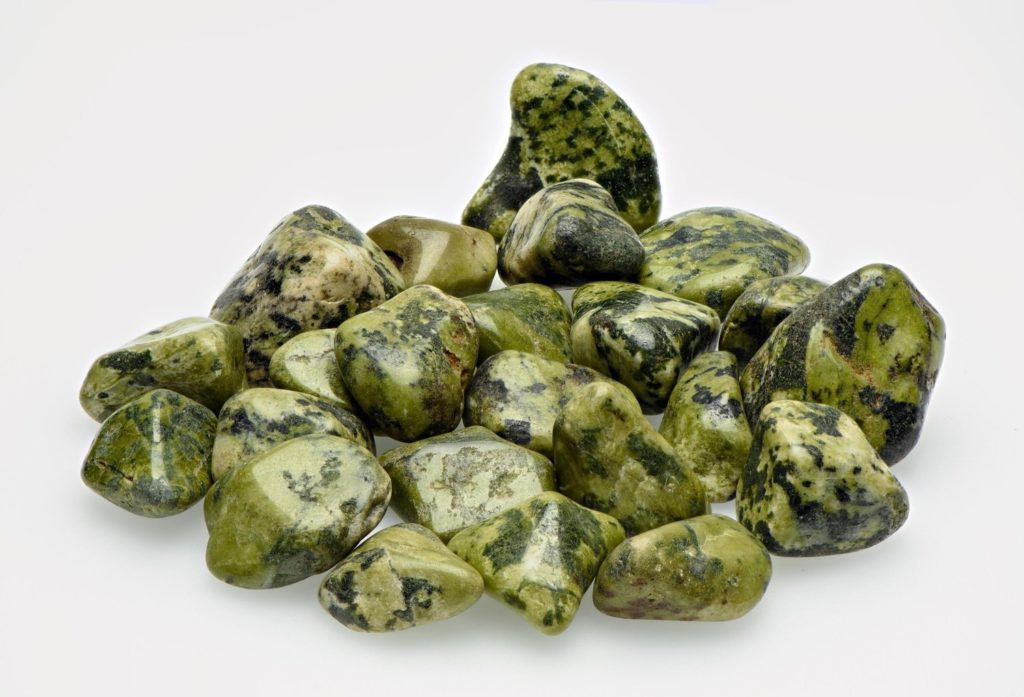
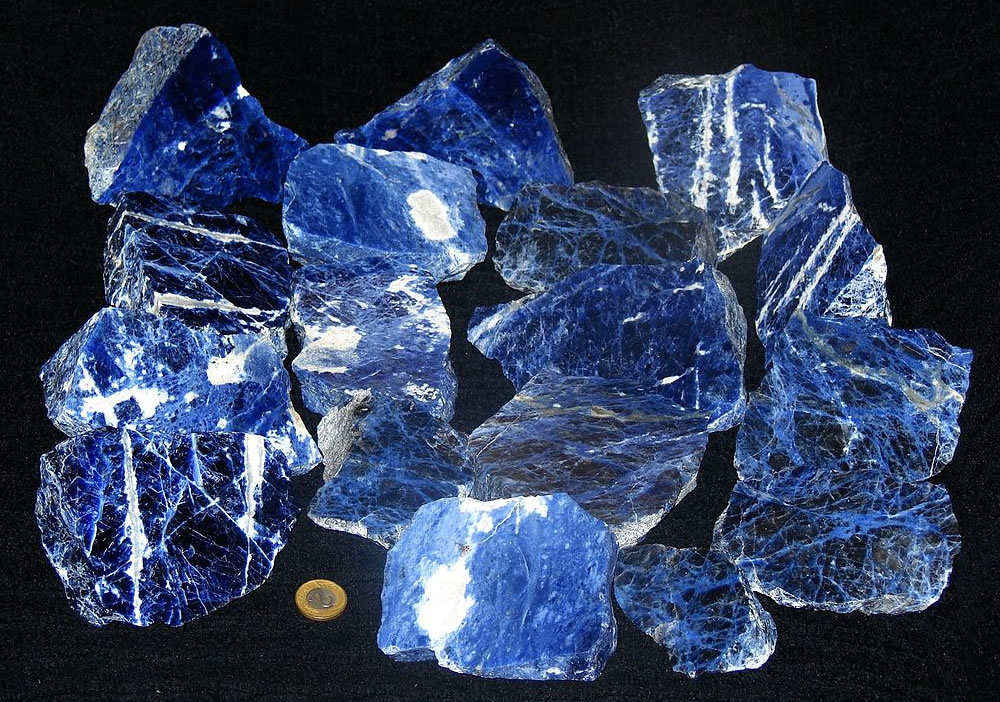
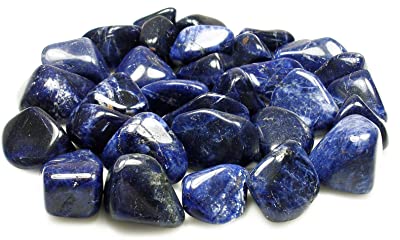
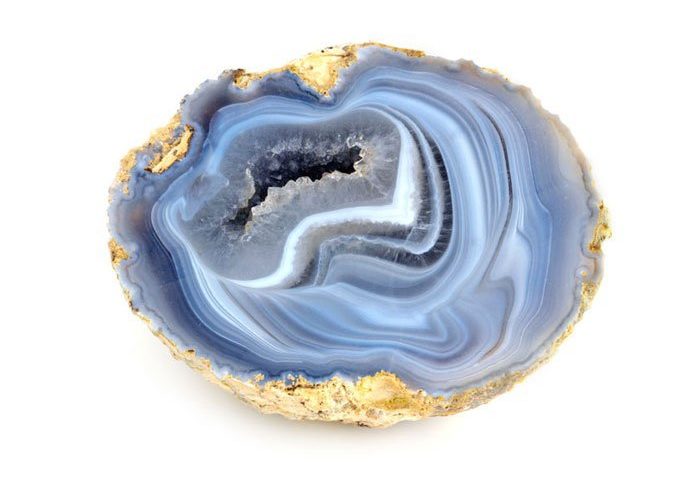
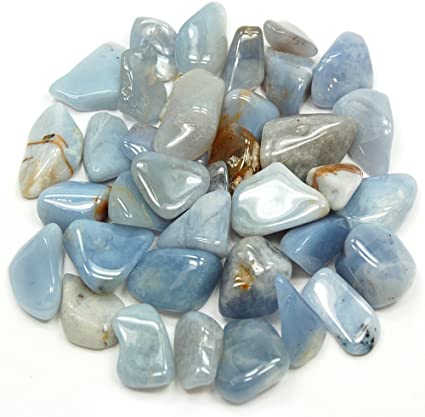
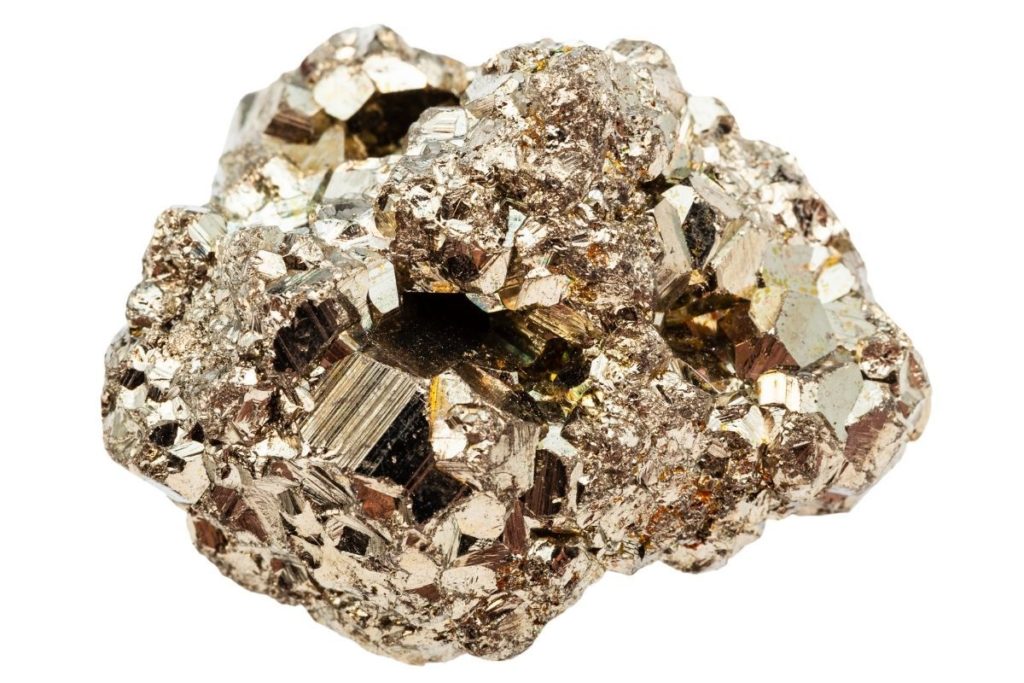
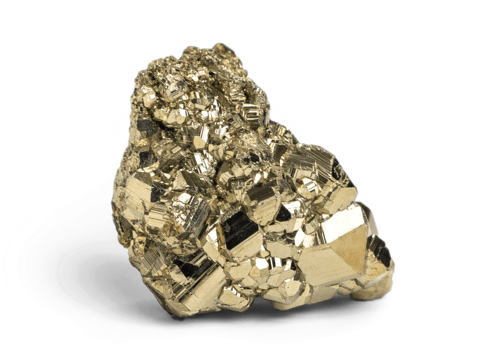
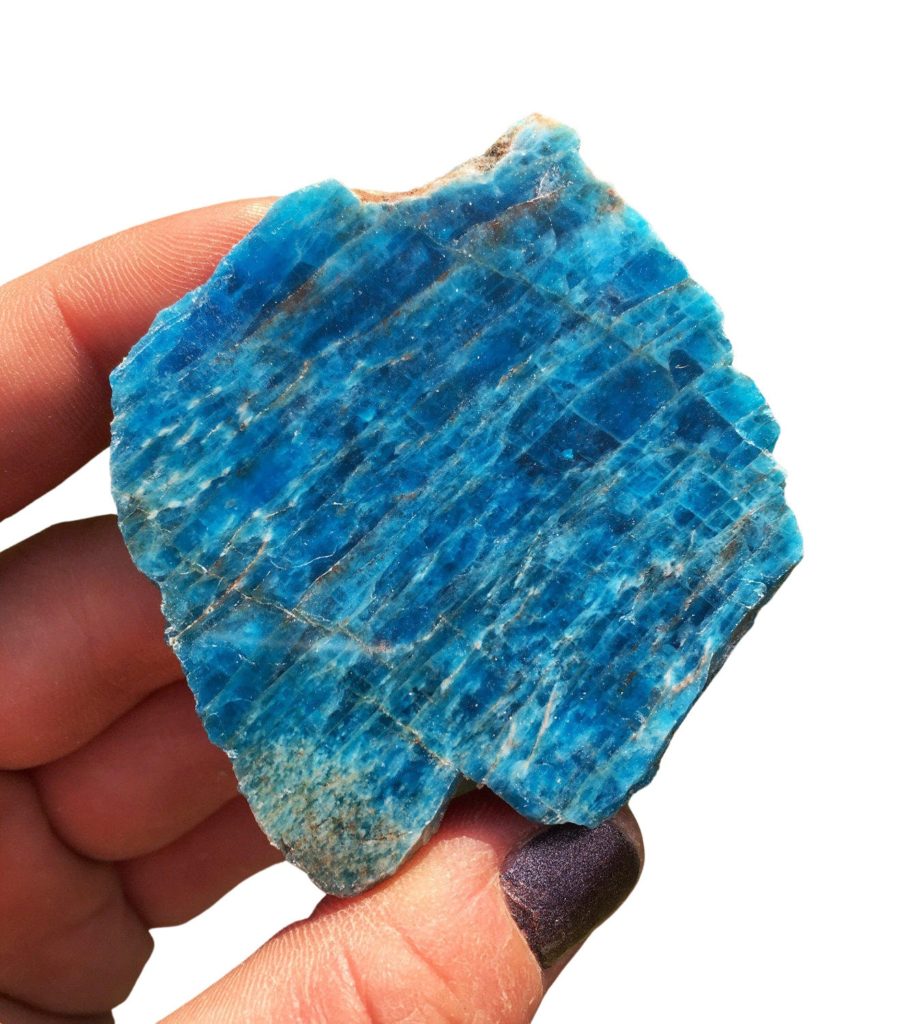
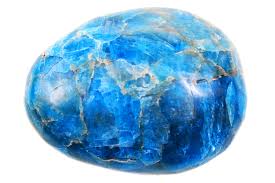
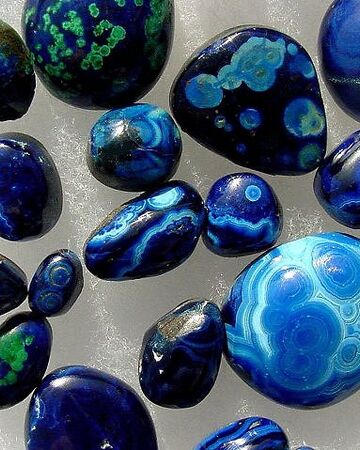
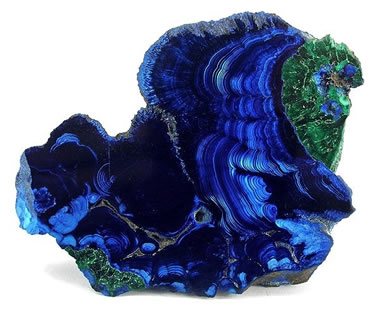
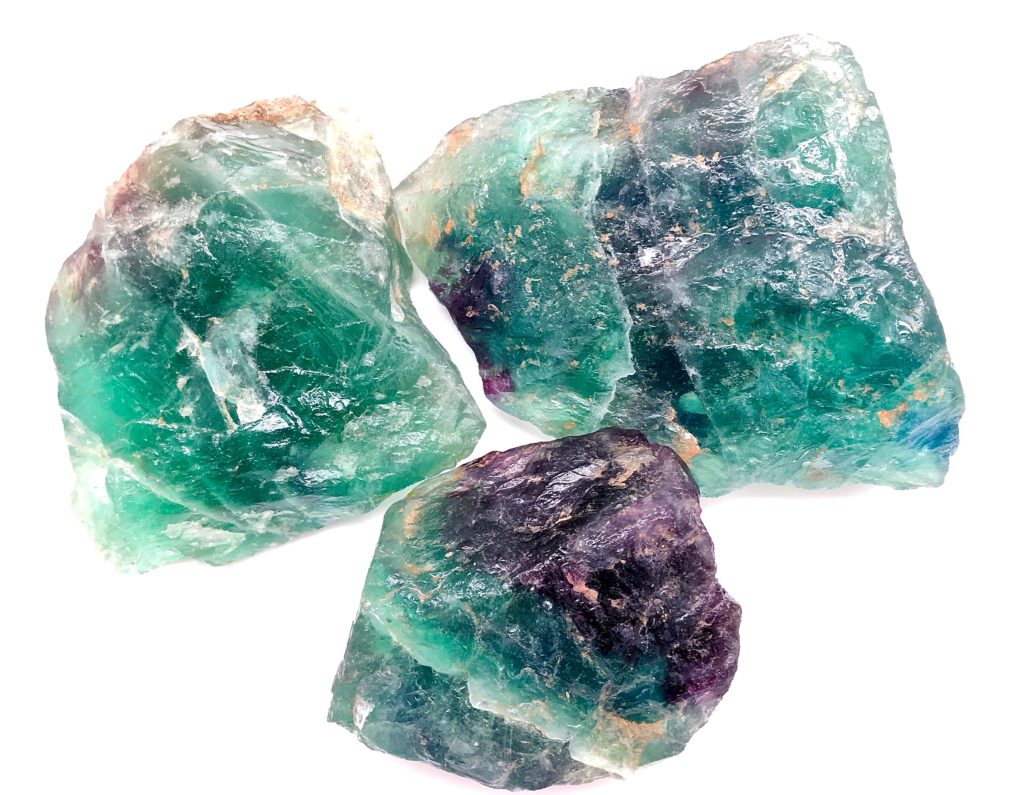
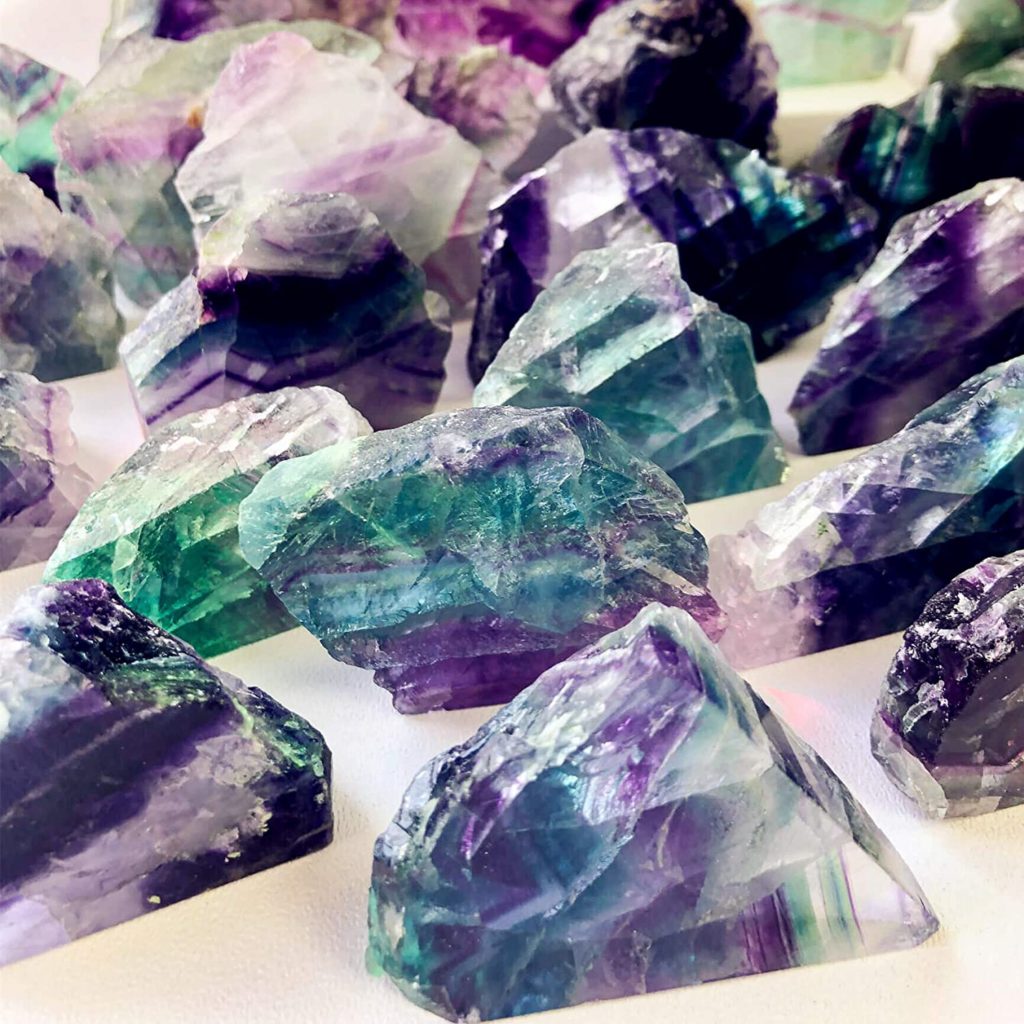
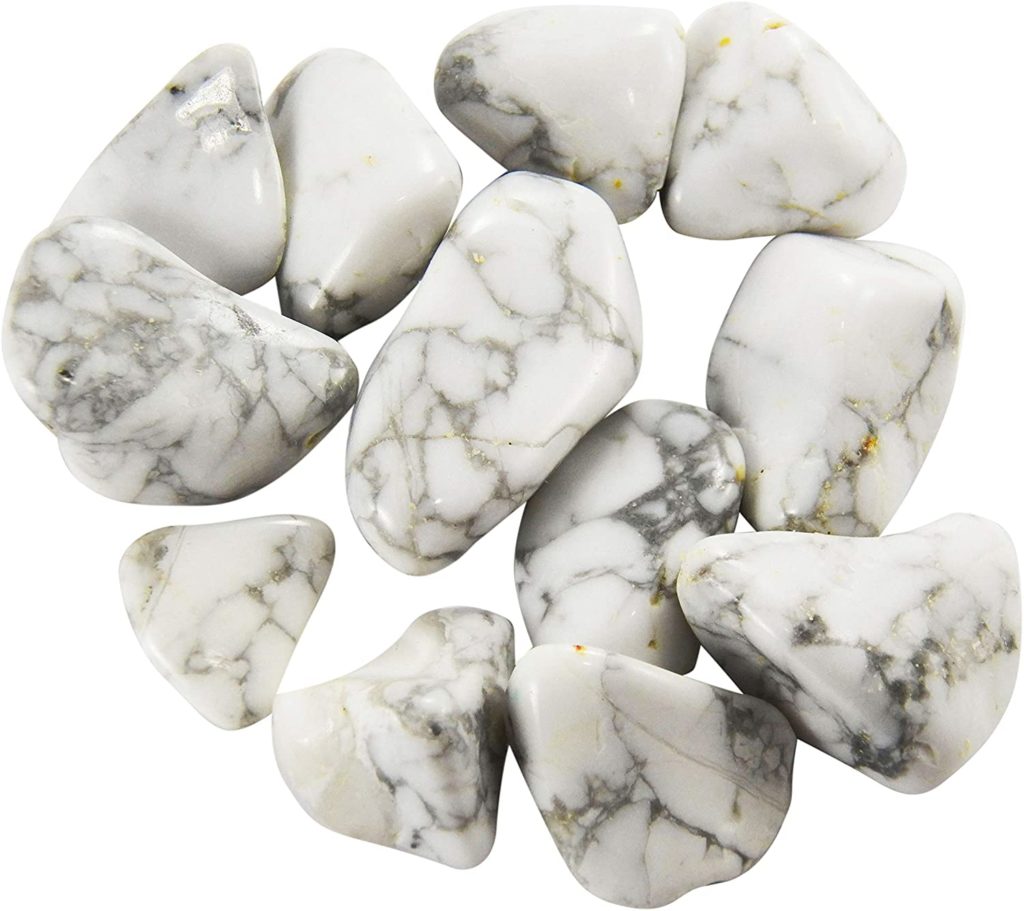
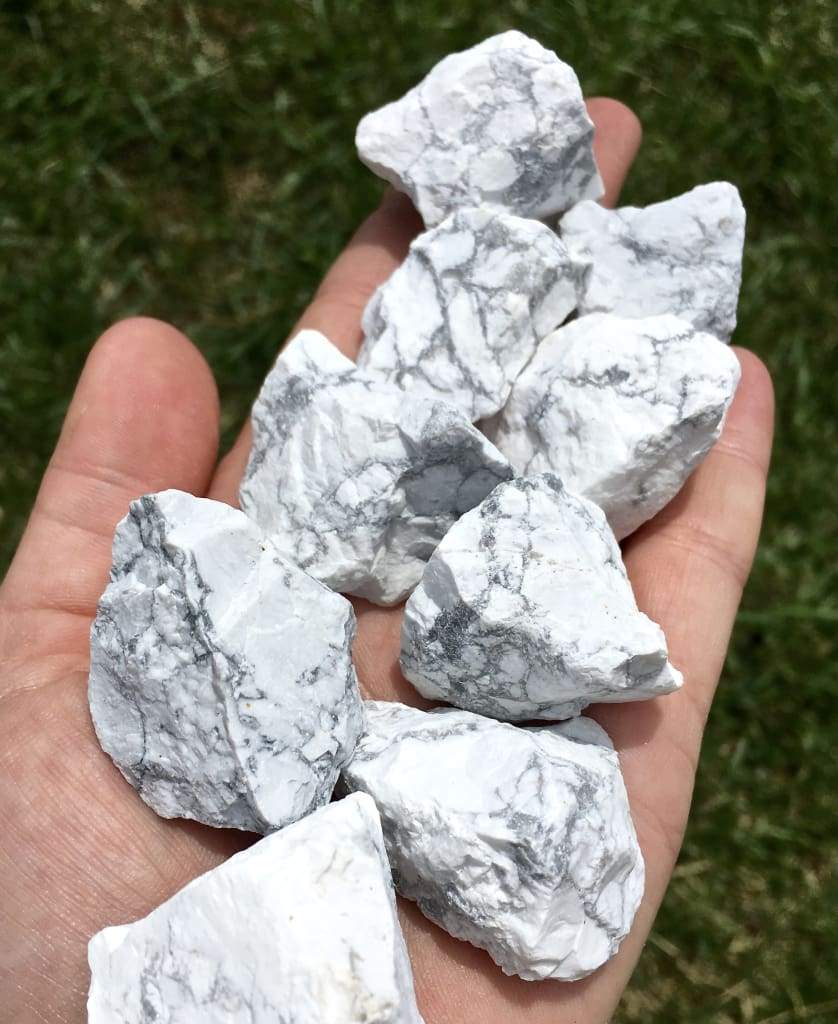
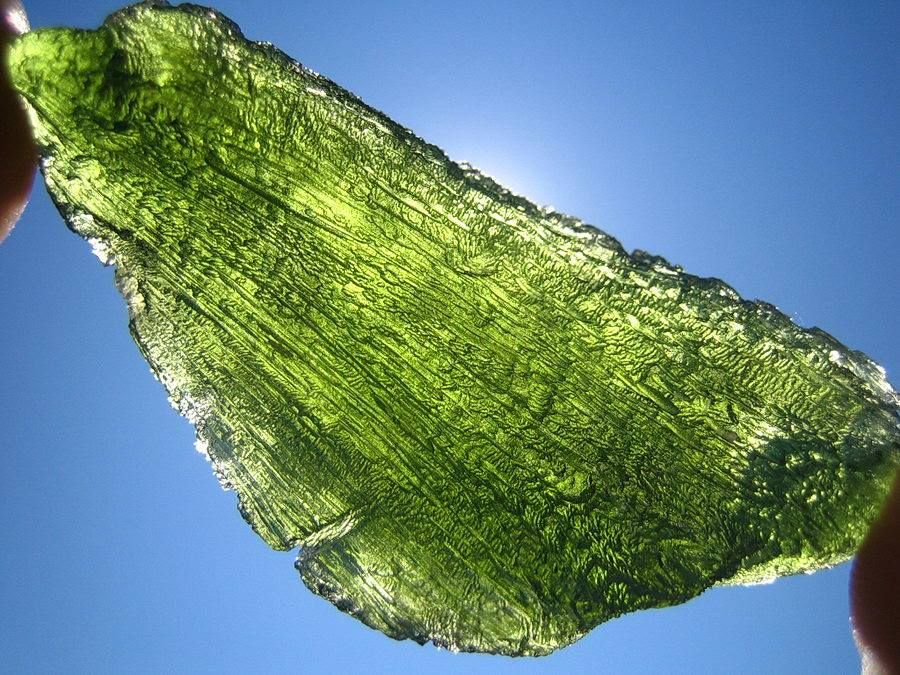
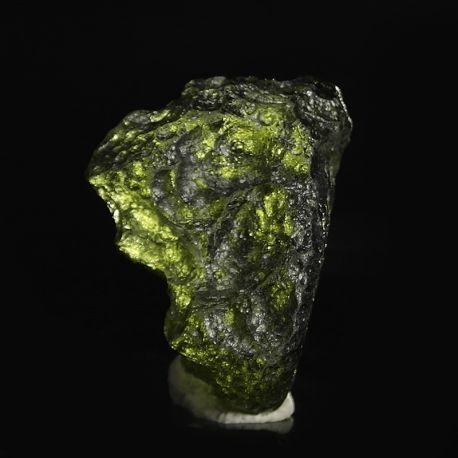
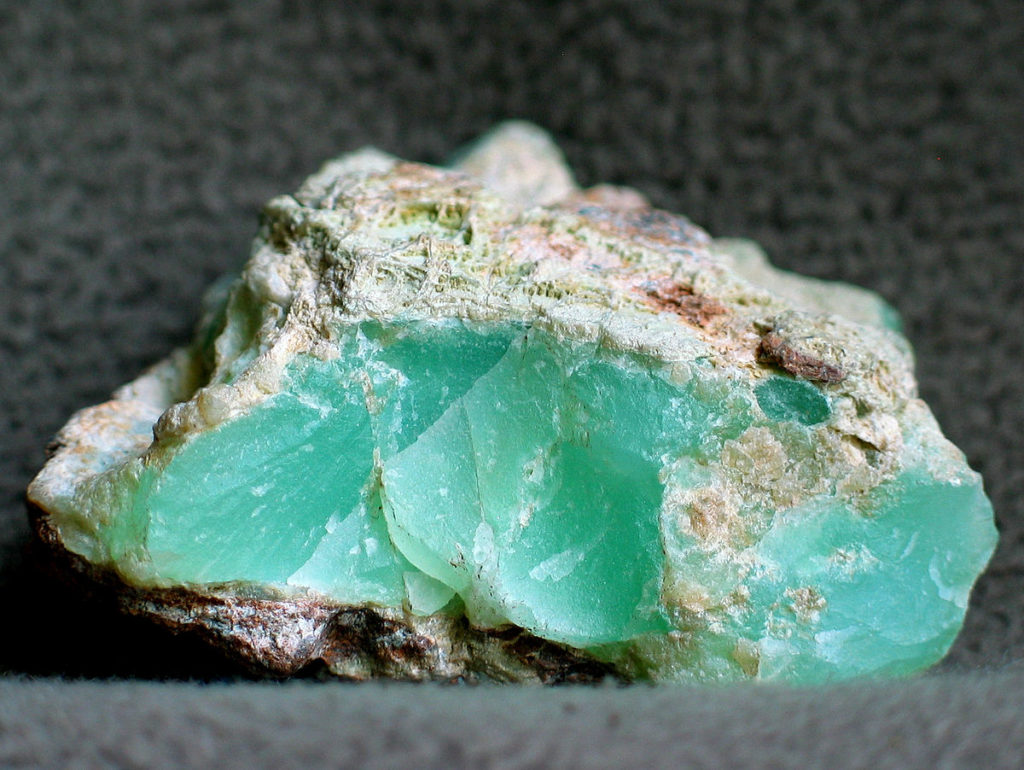
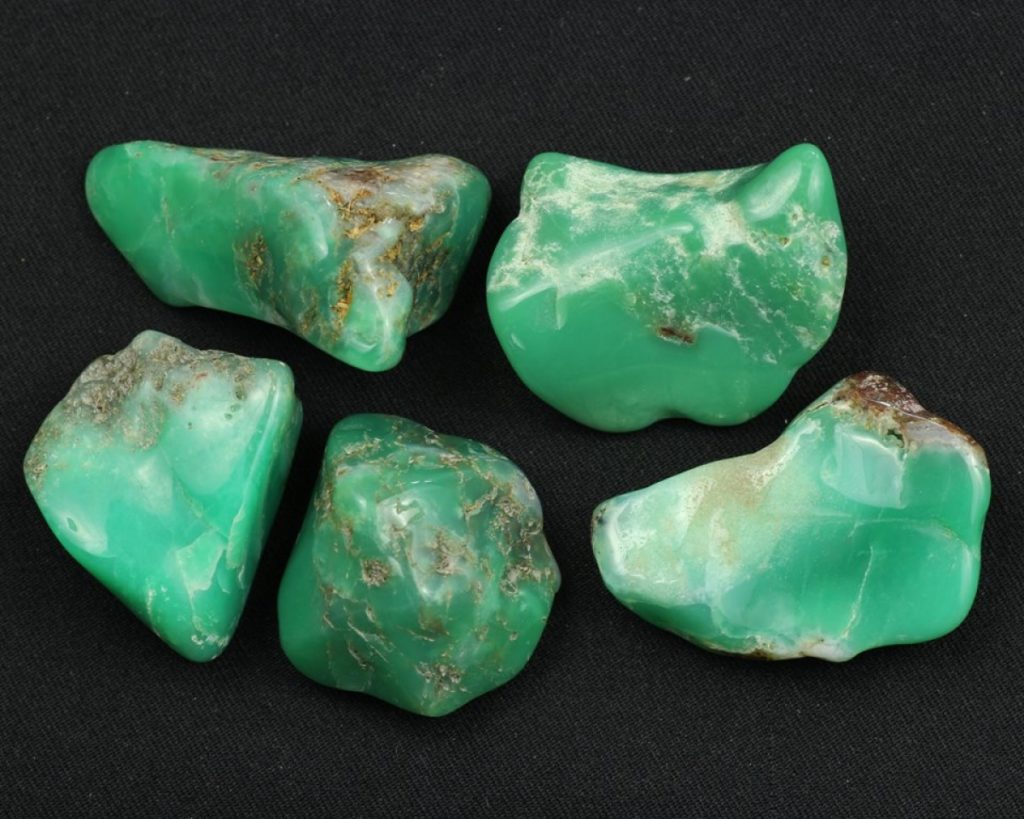
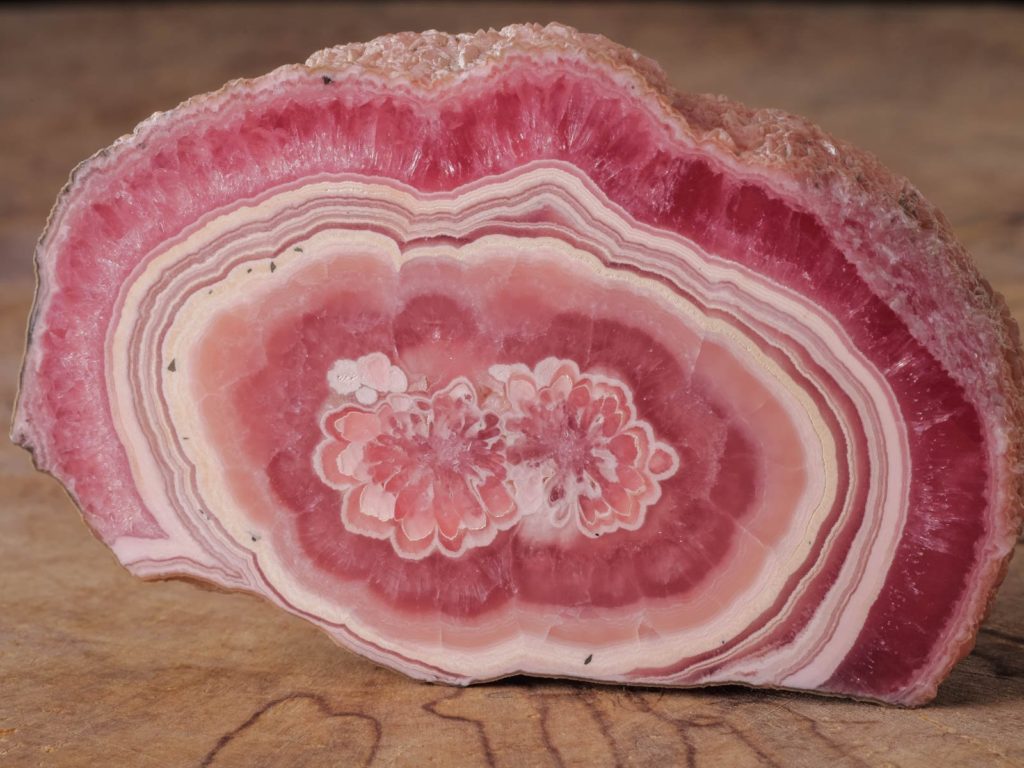
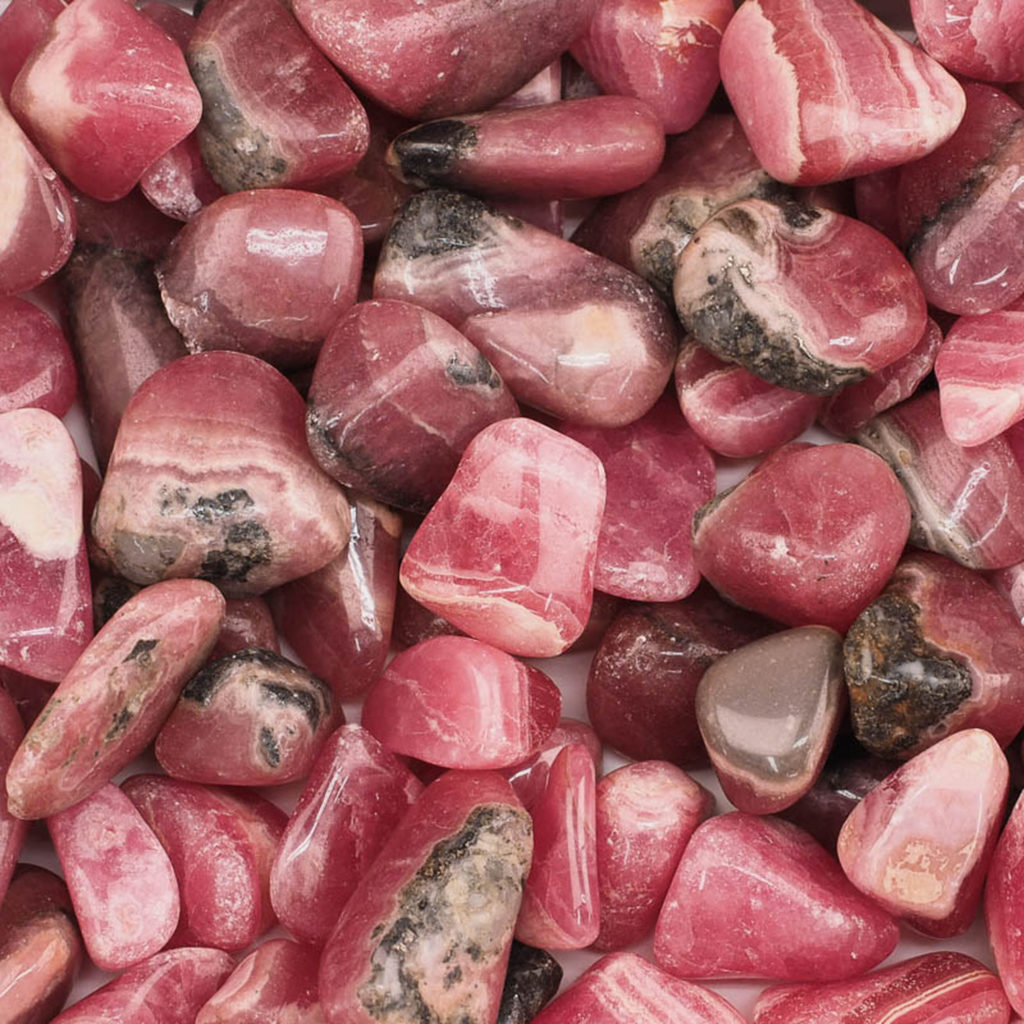
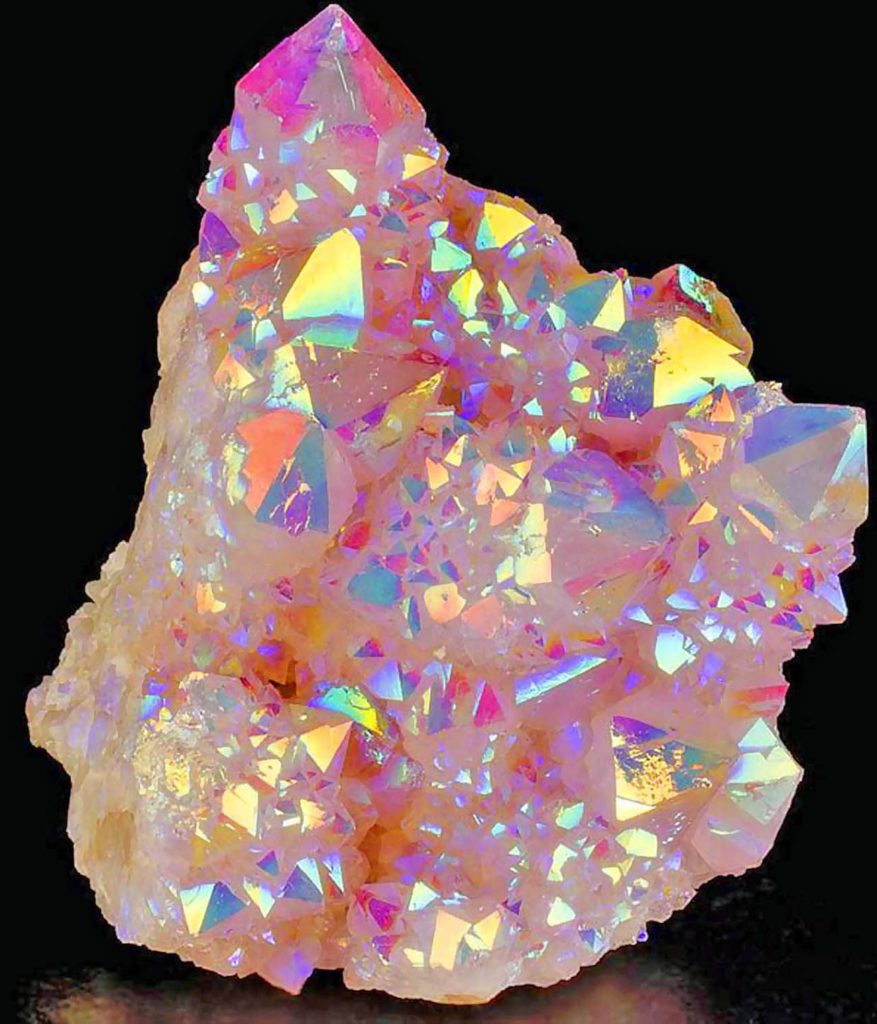
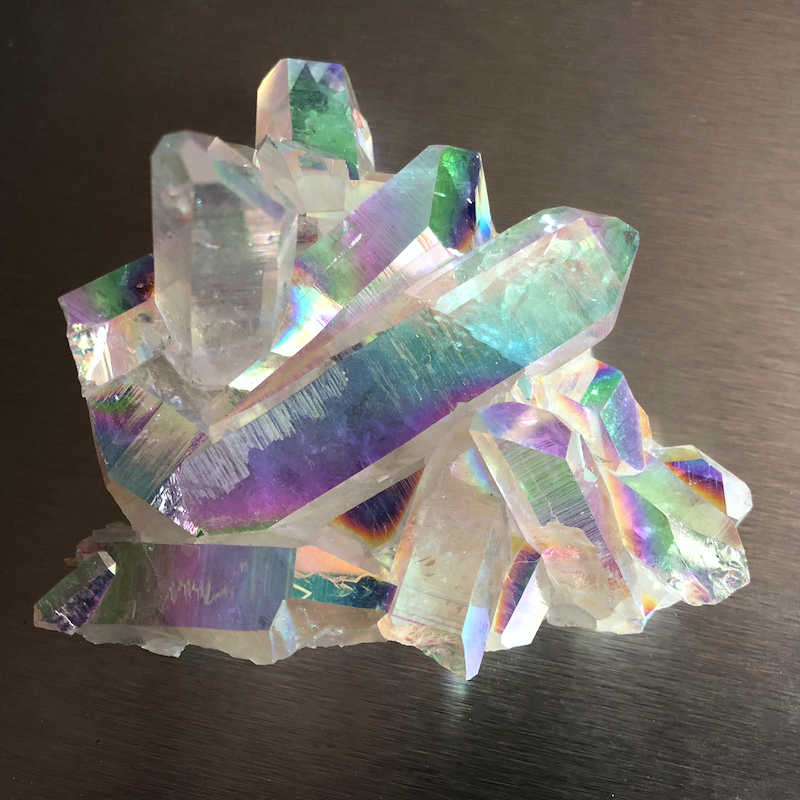



This content is awesome. Thanks for sharing information on so many stones.
Of course, what a great site and revealing posts, I surely will bookmark your blog.Best Regards!